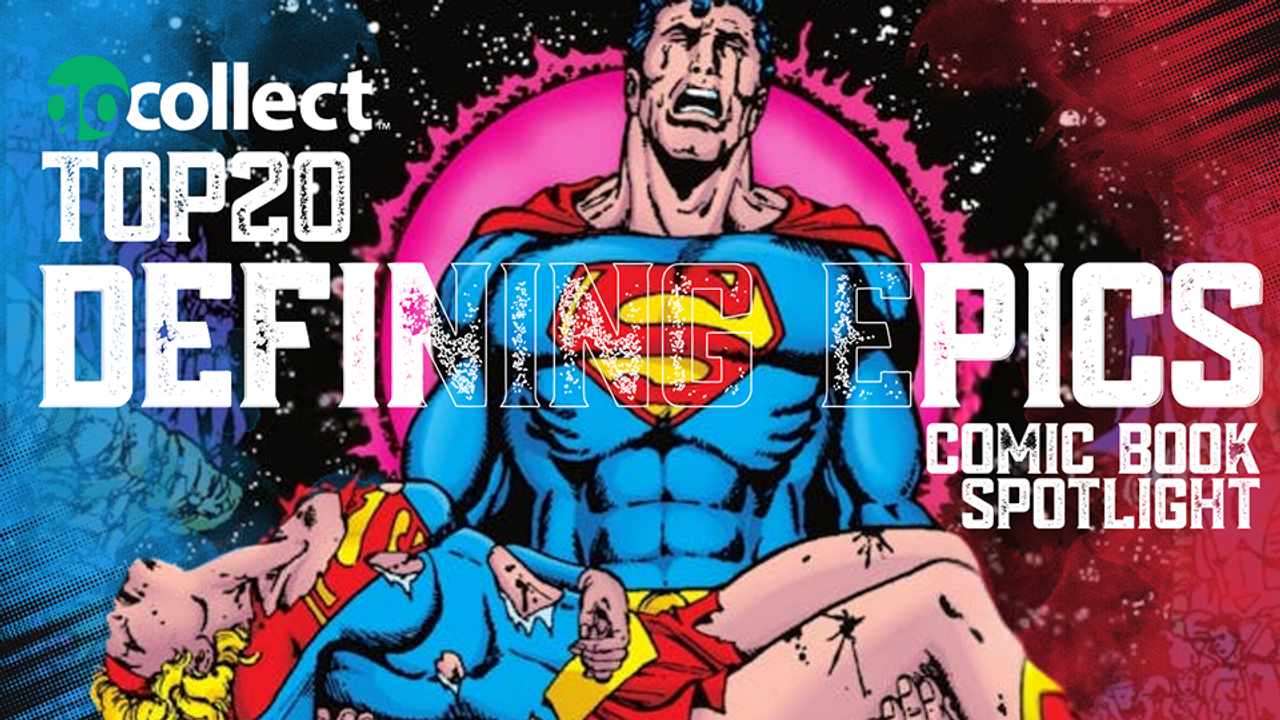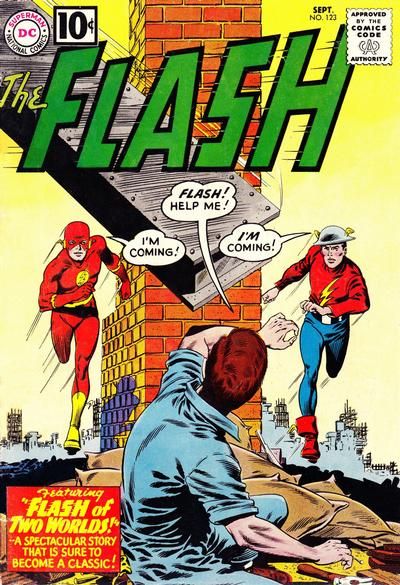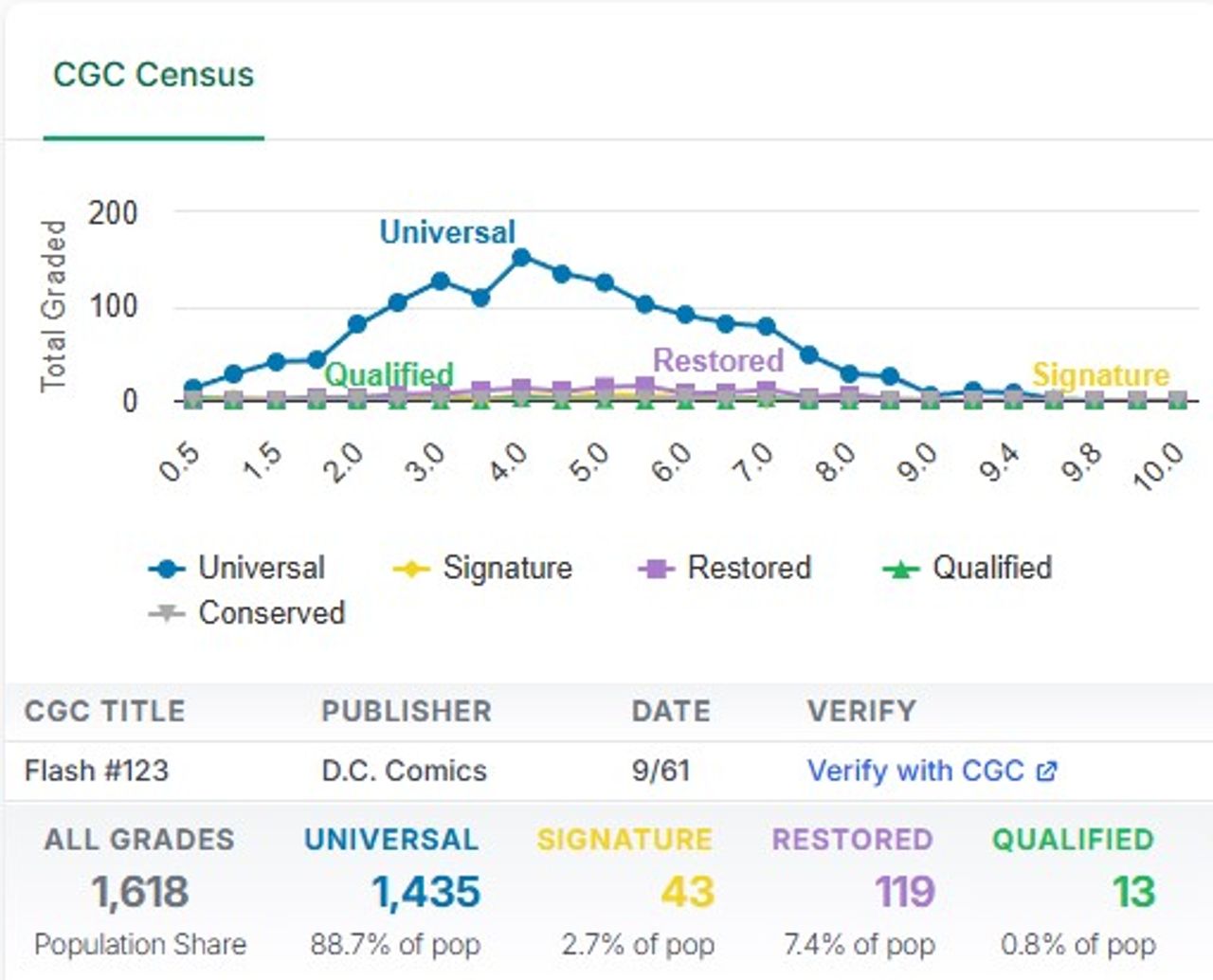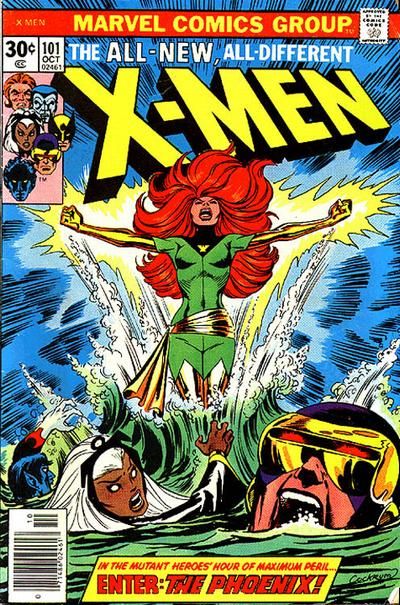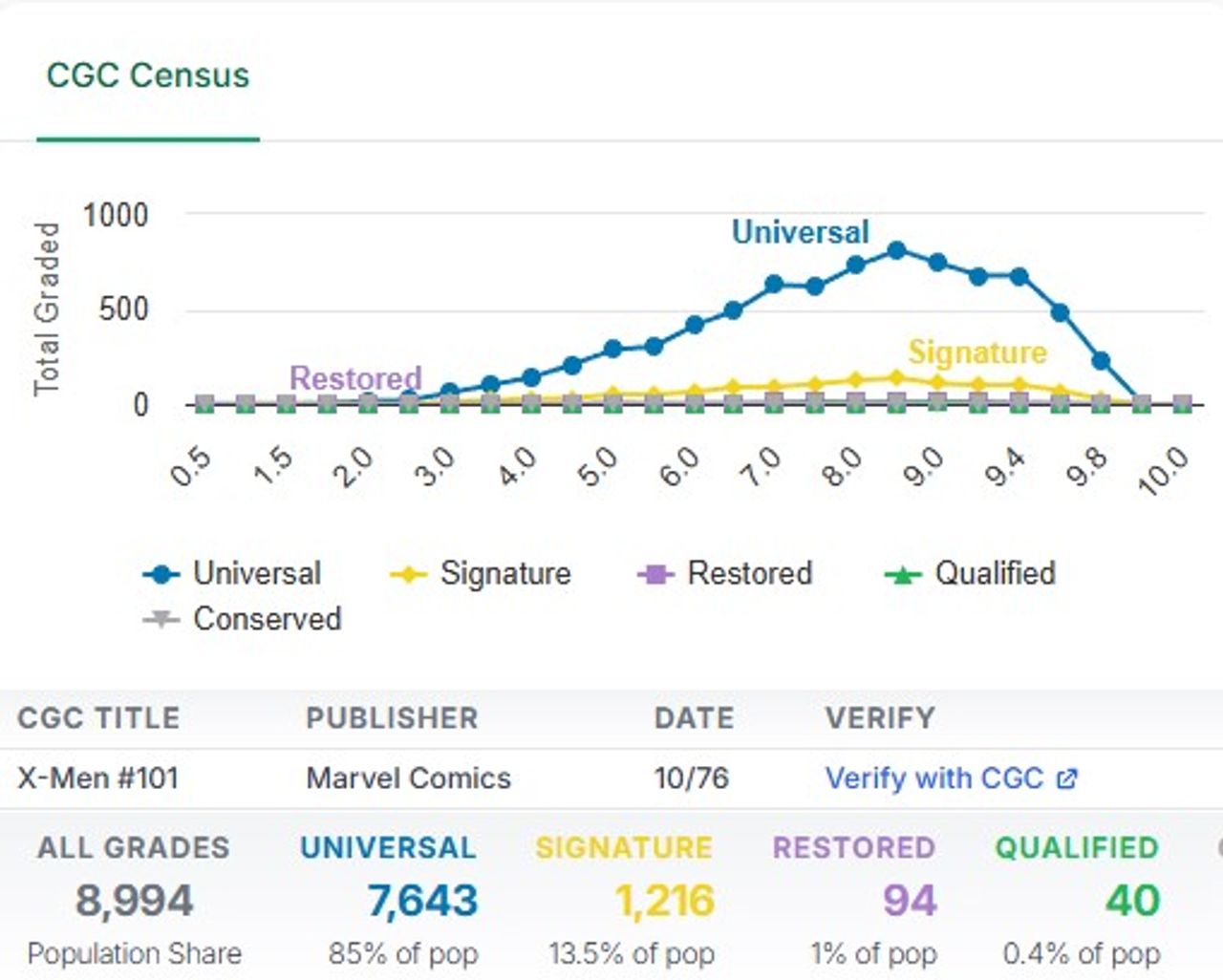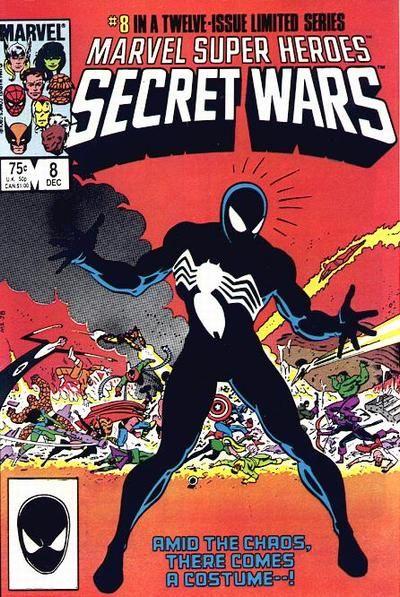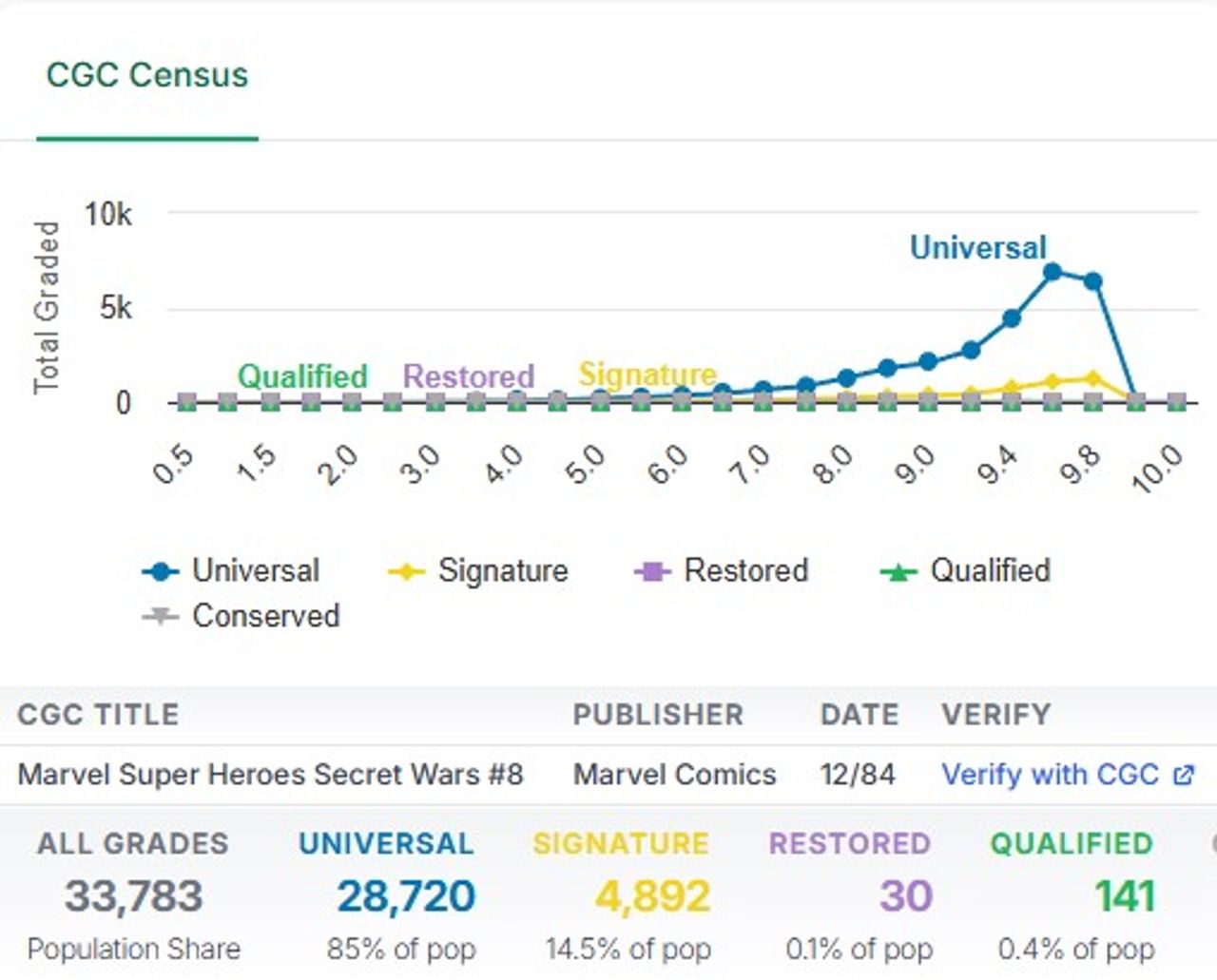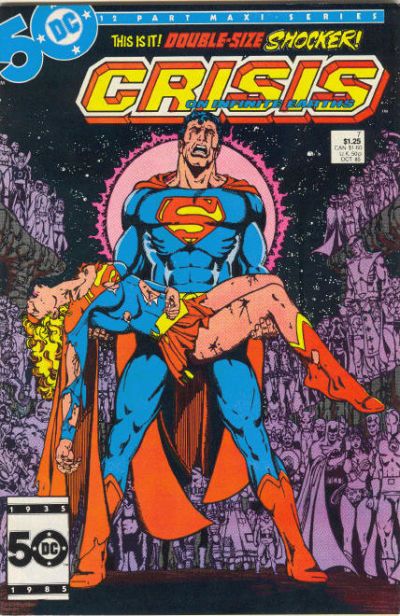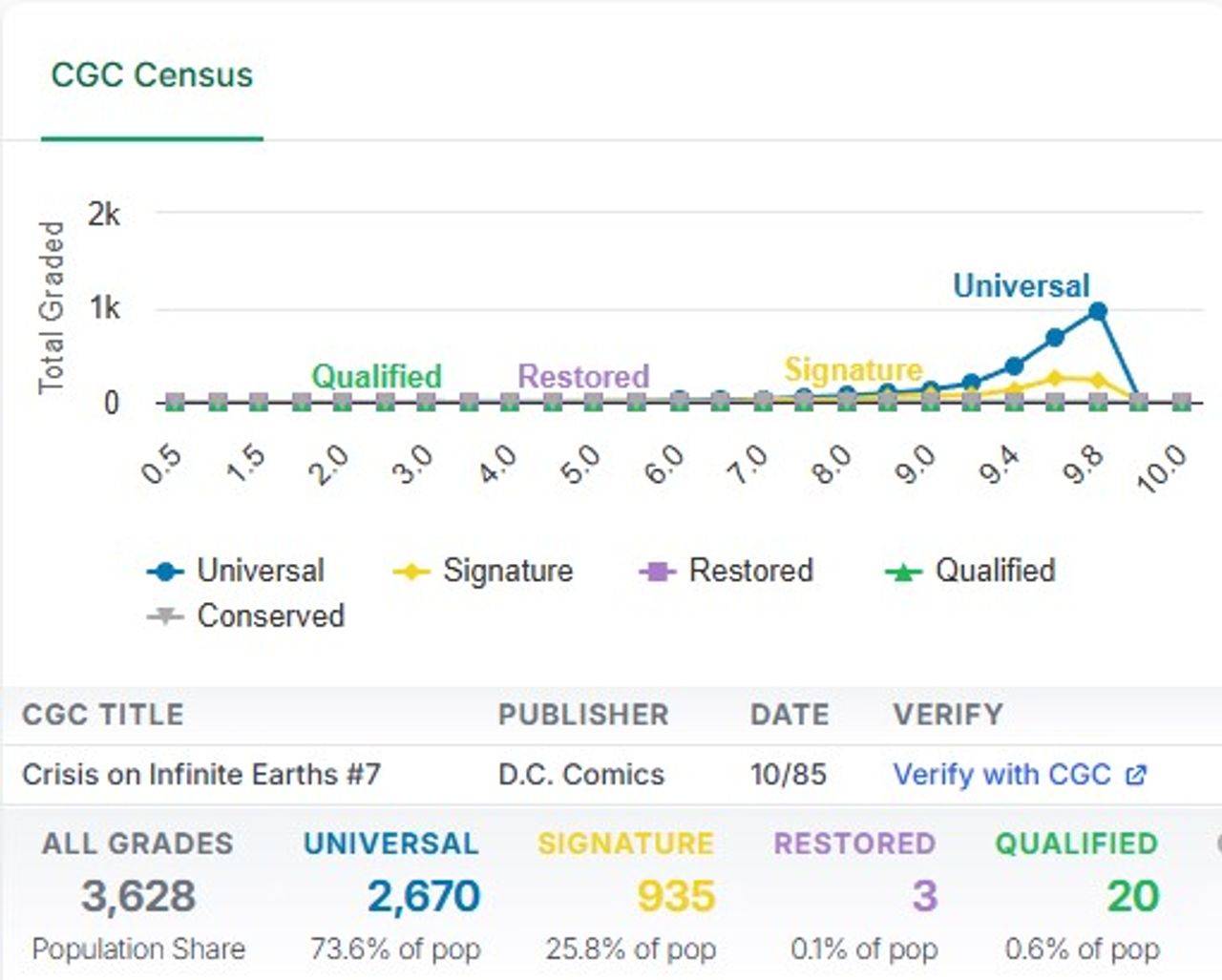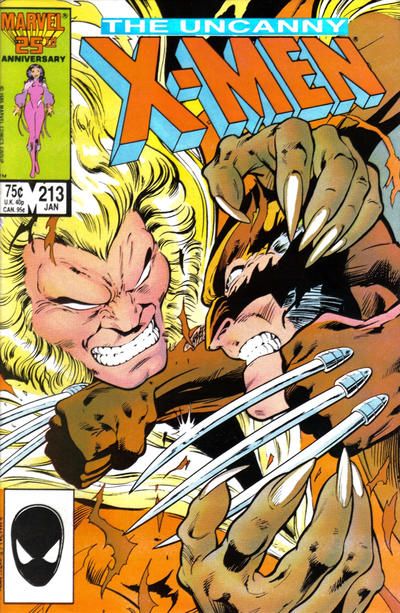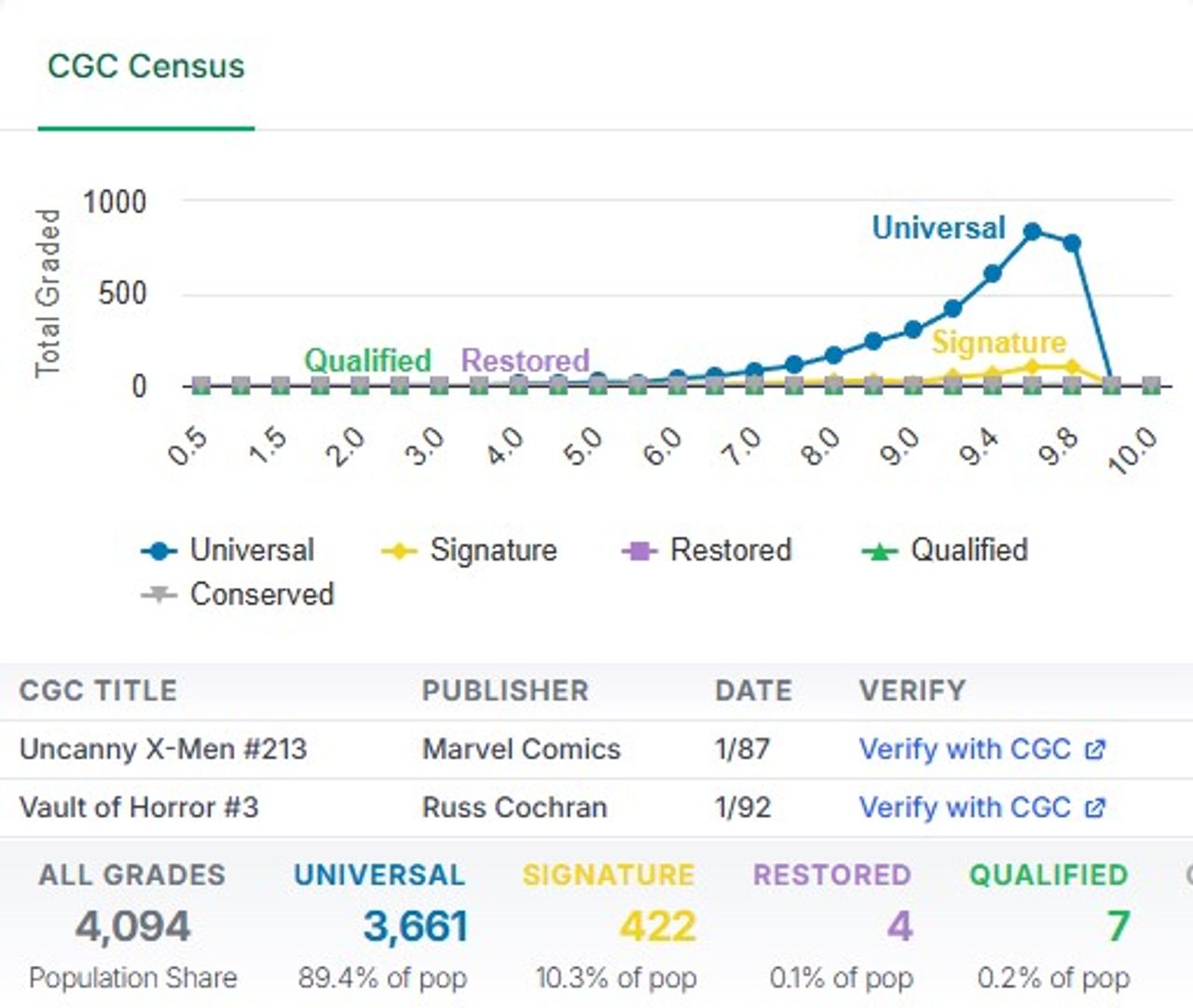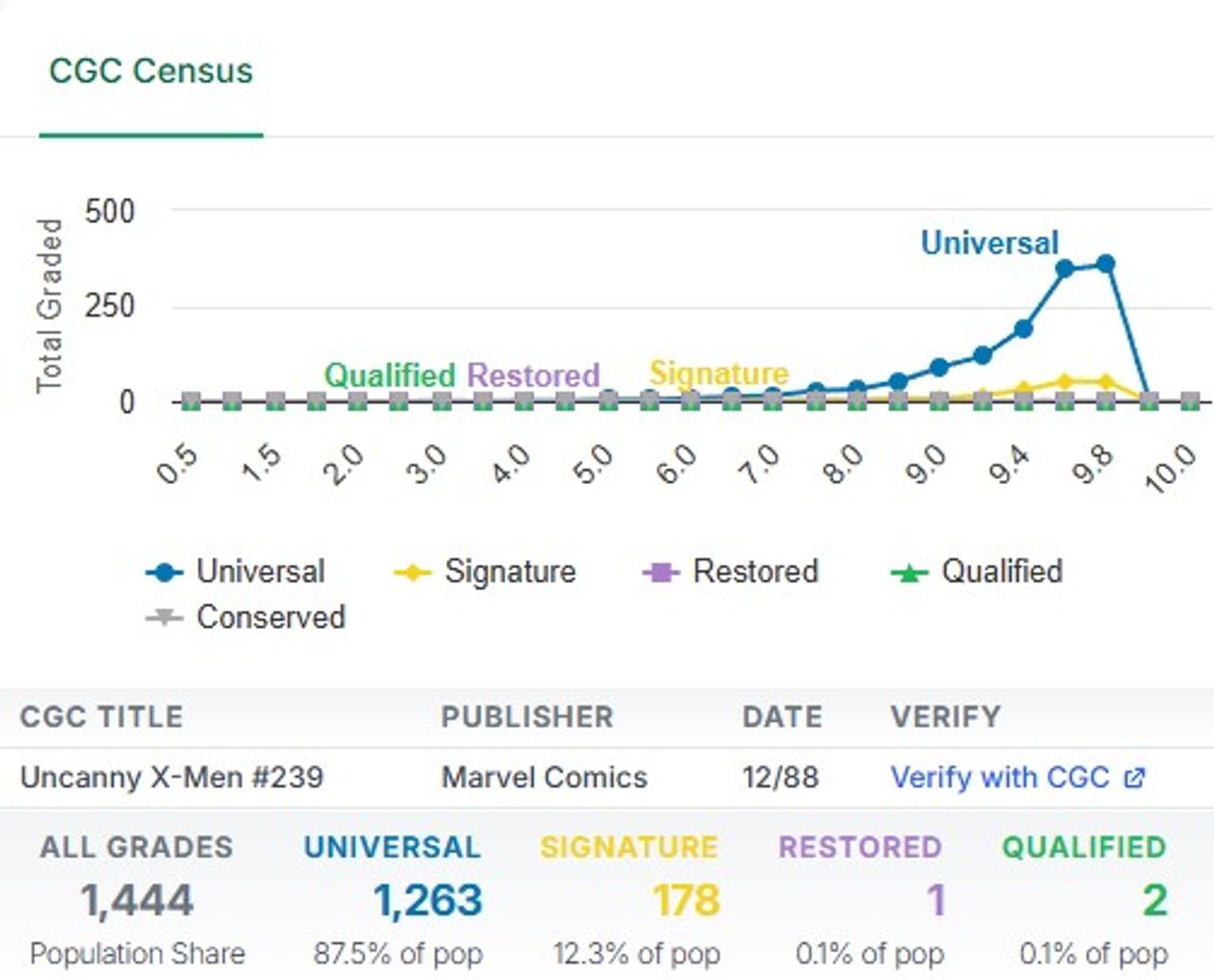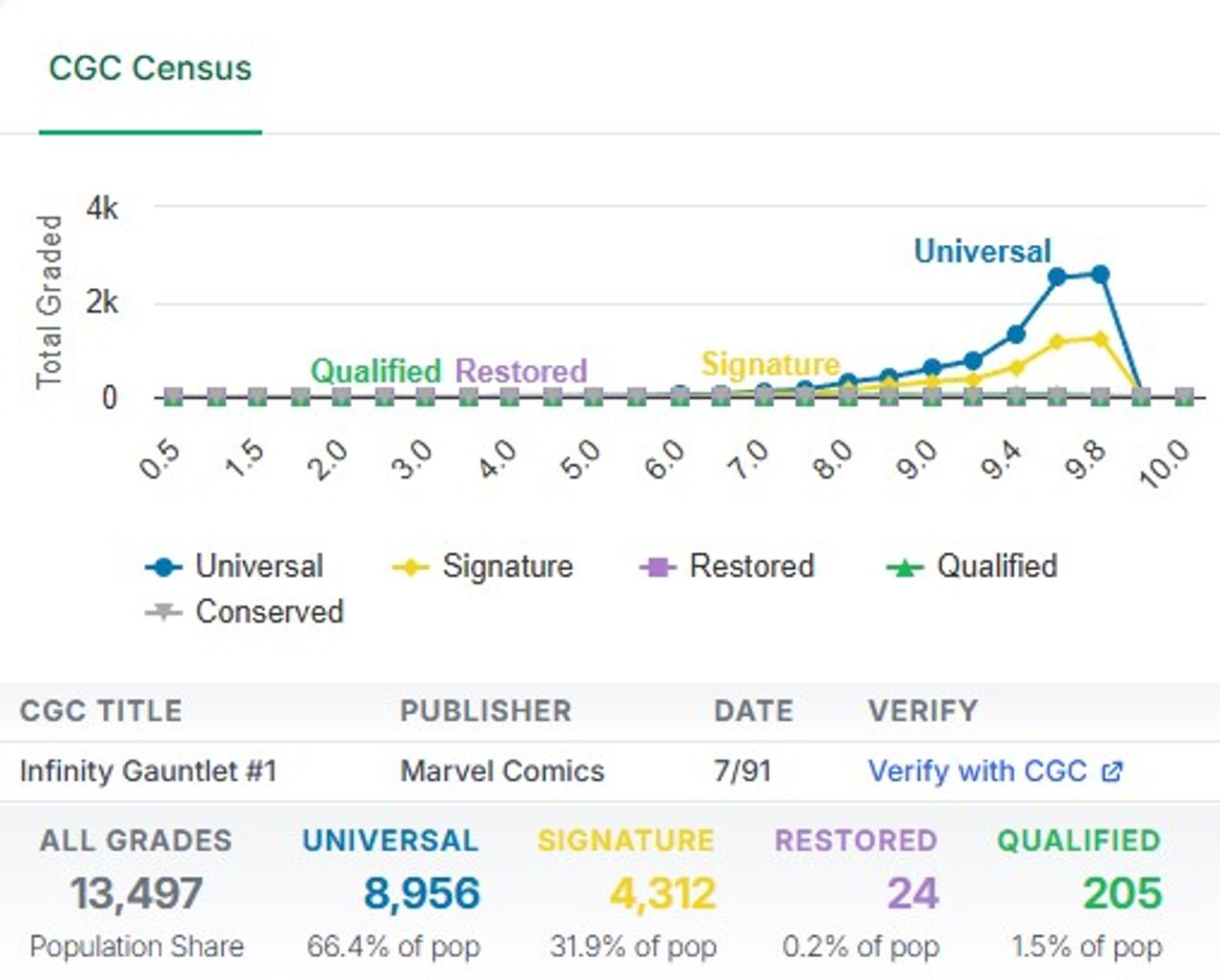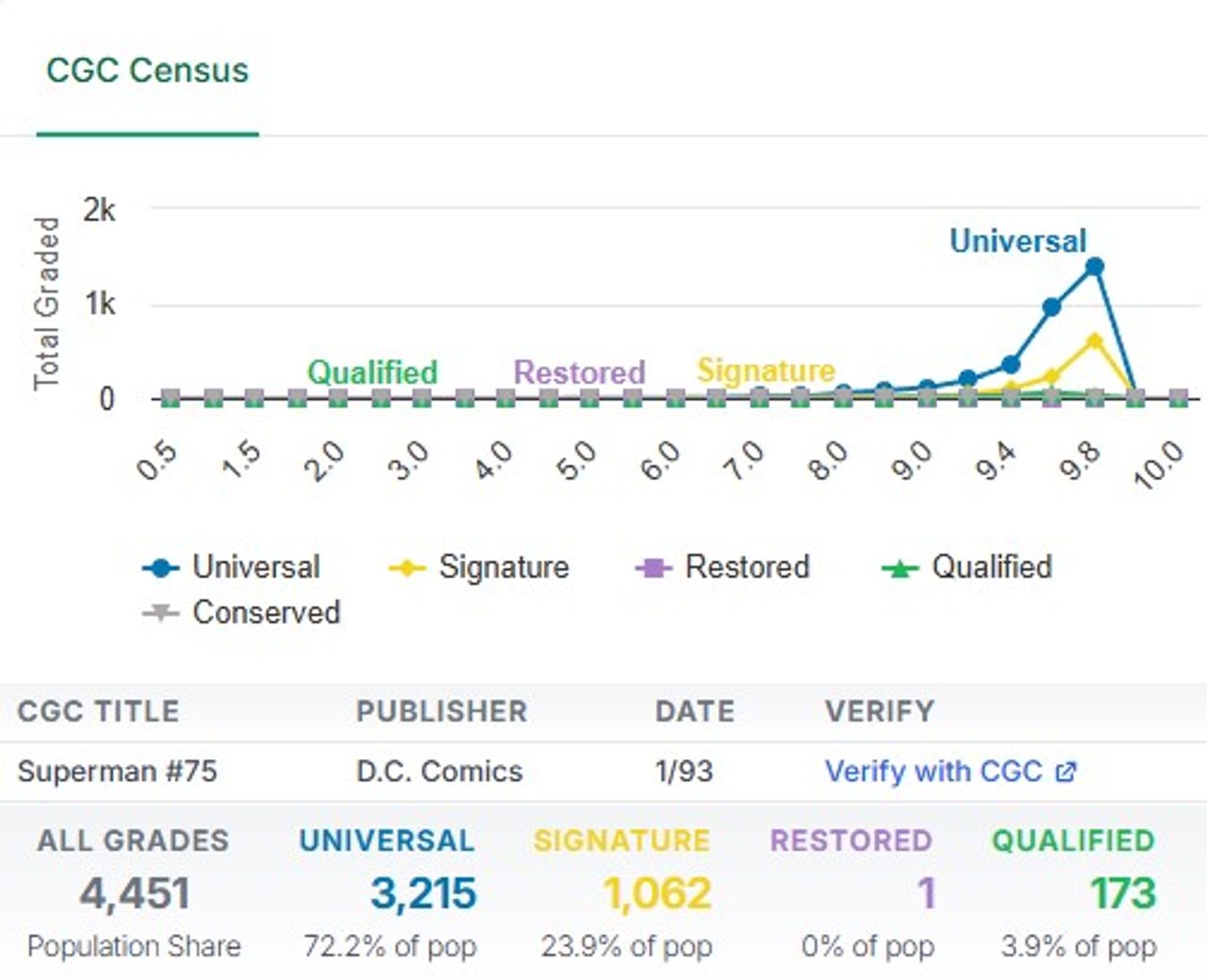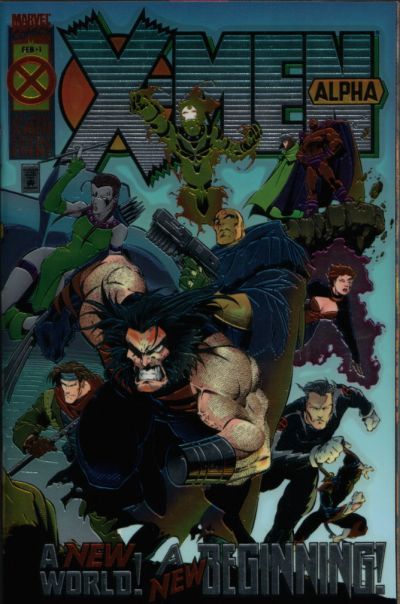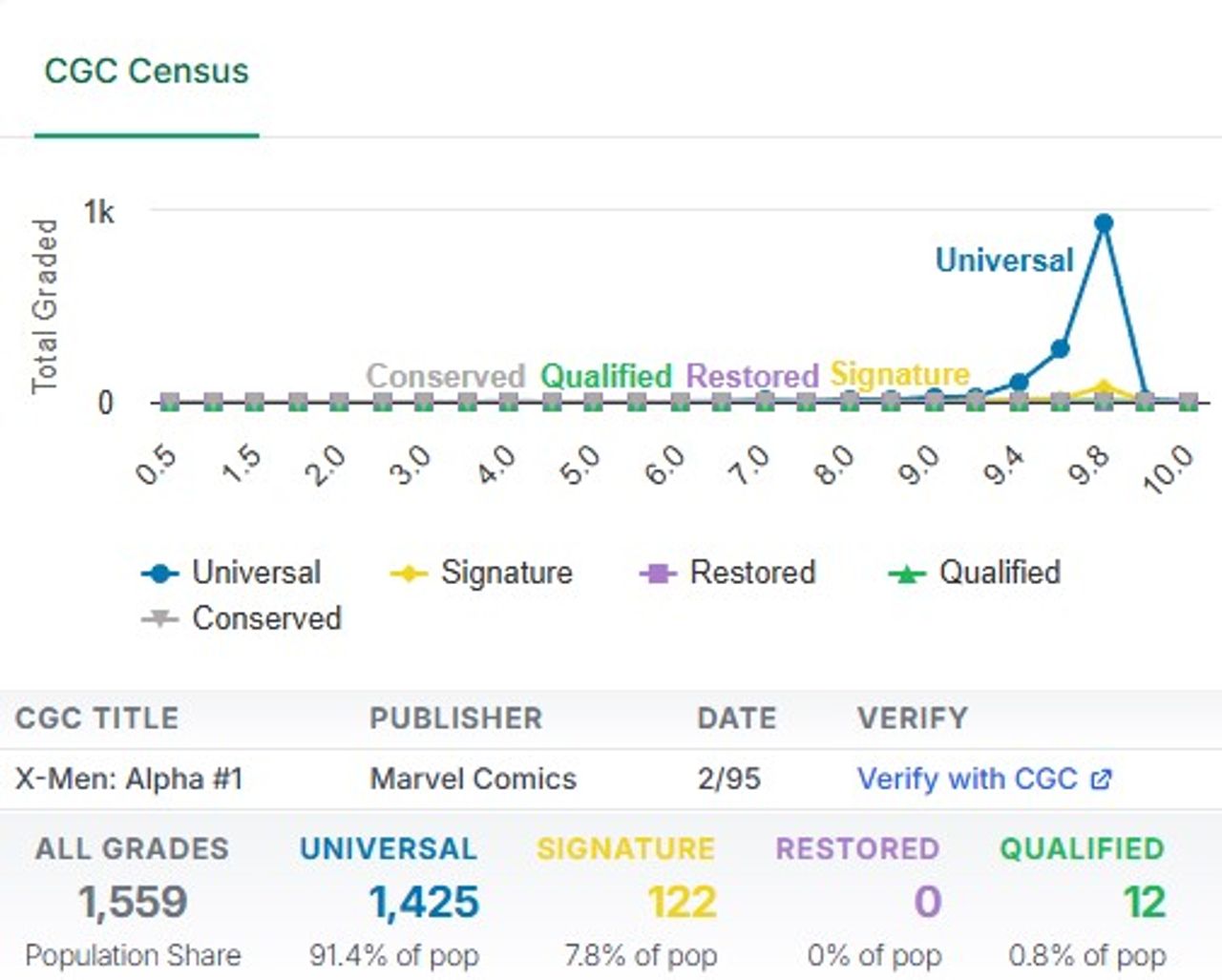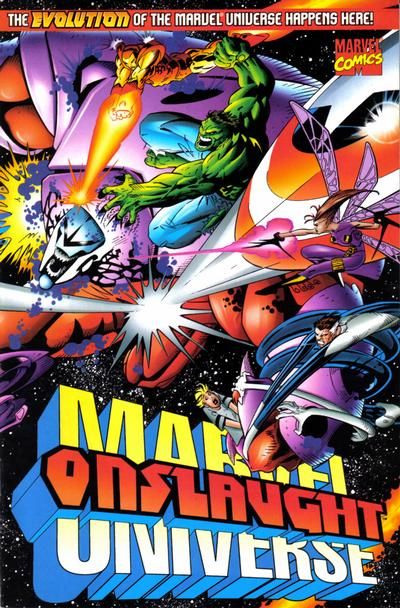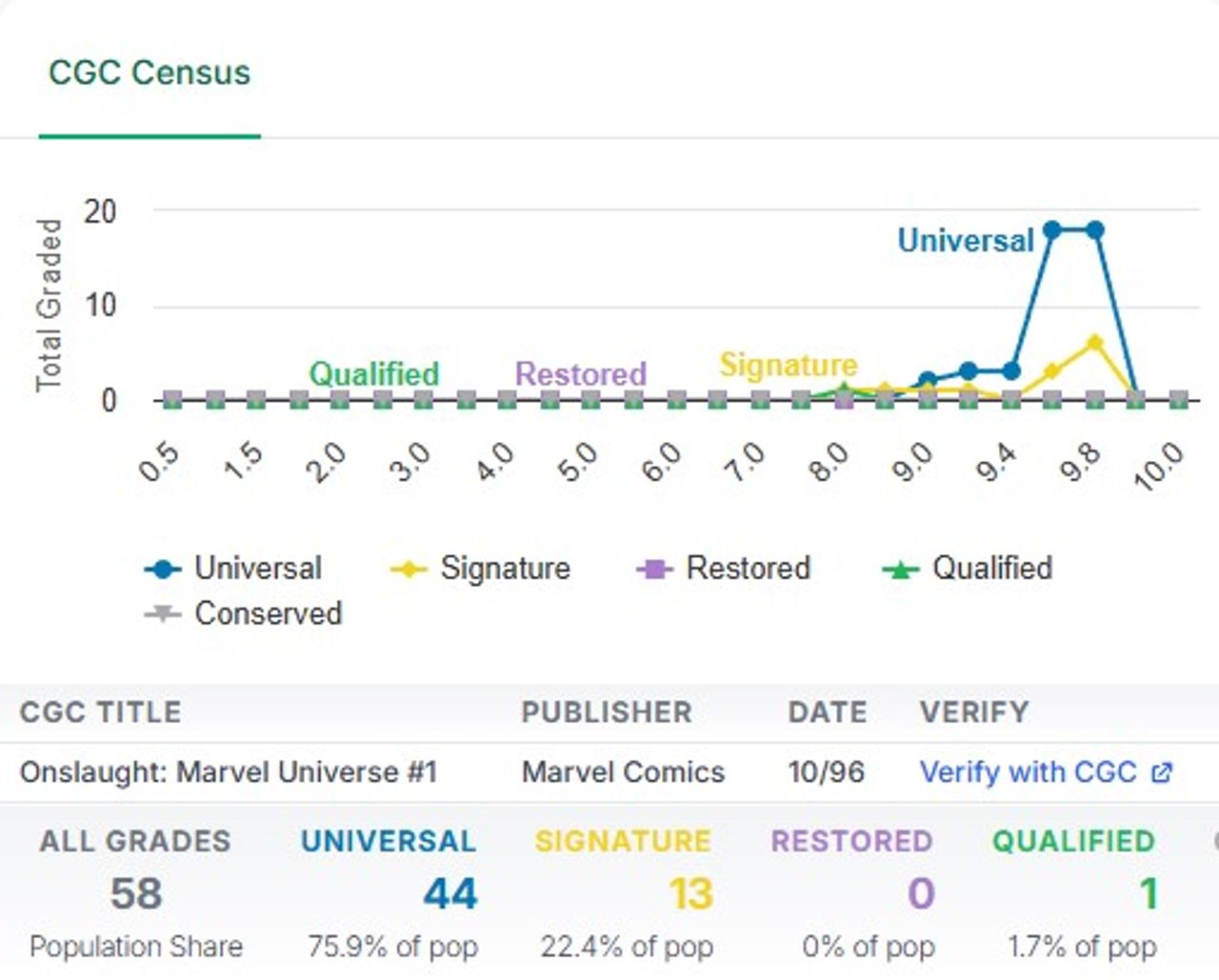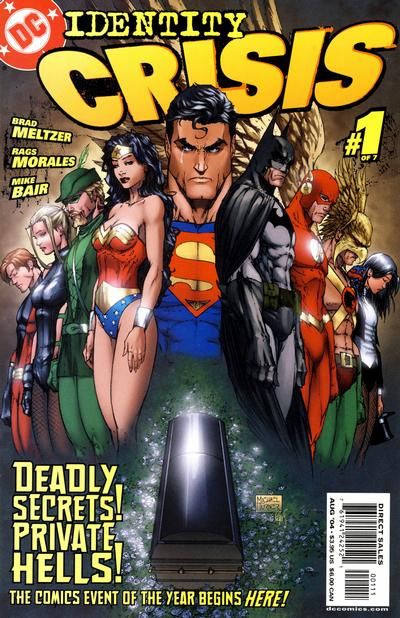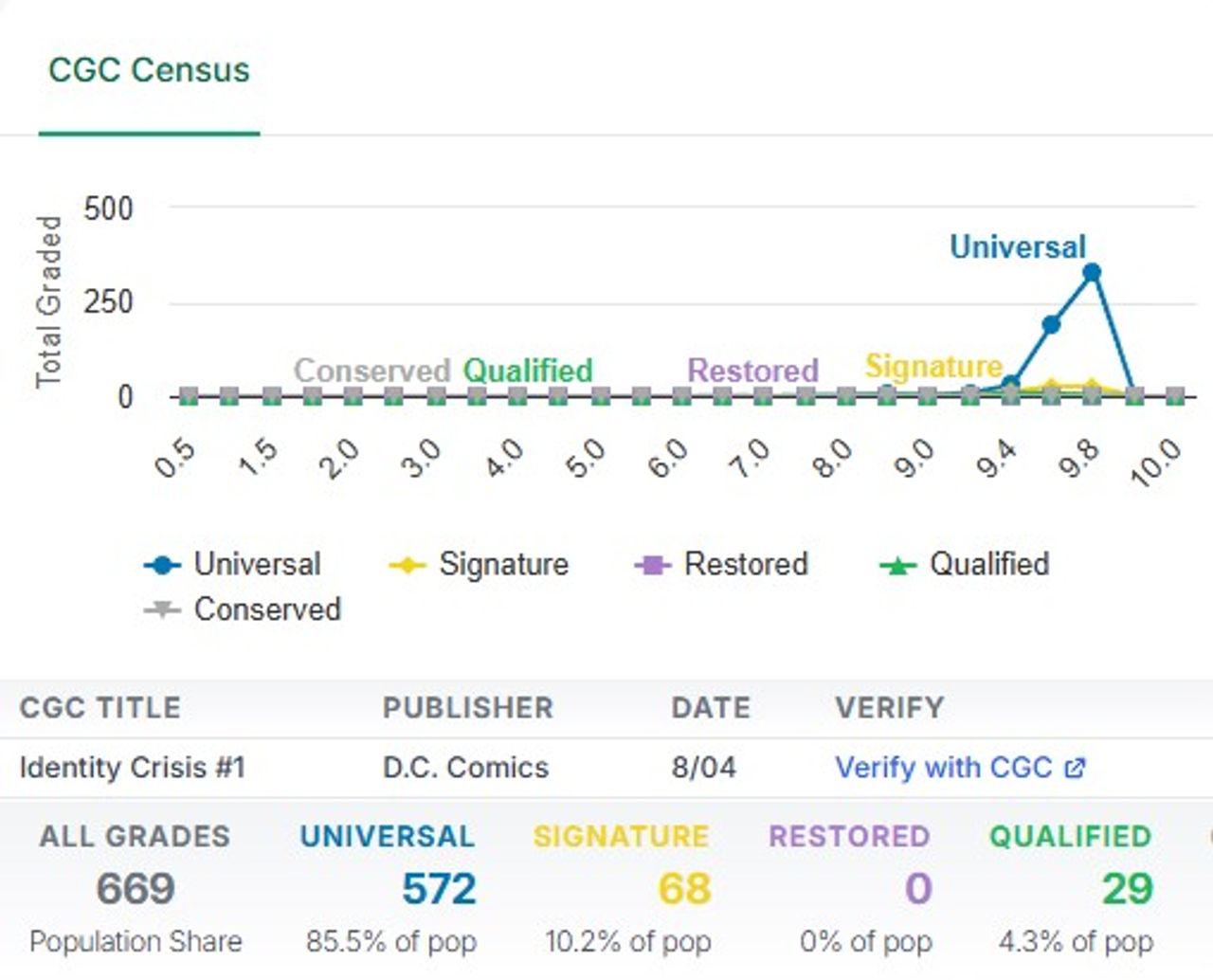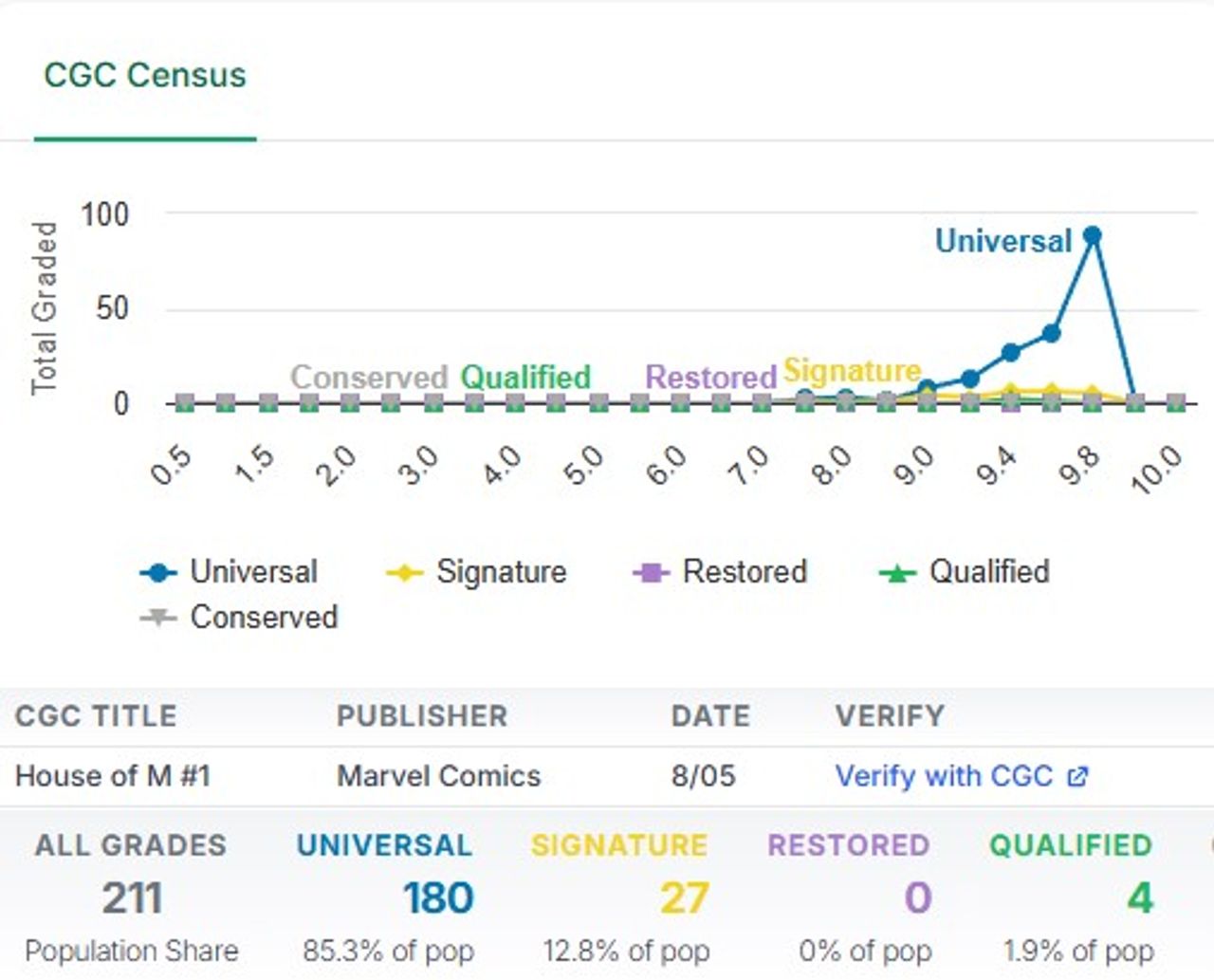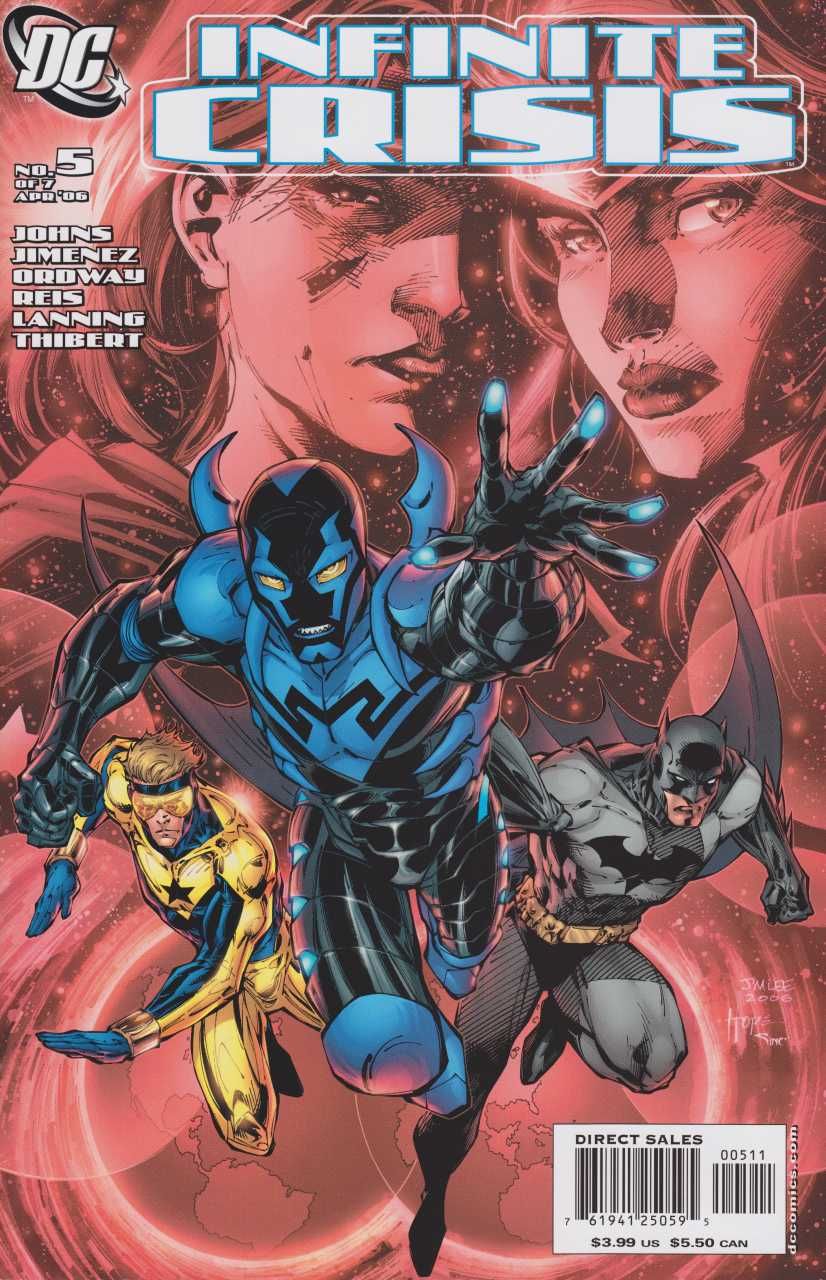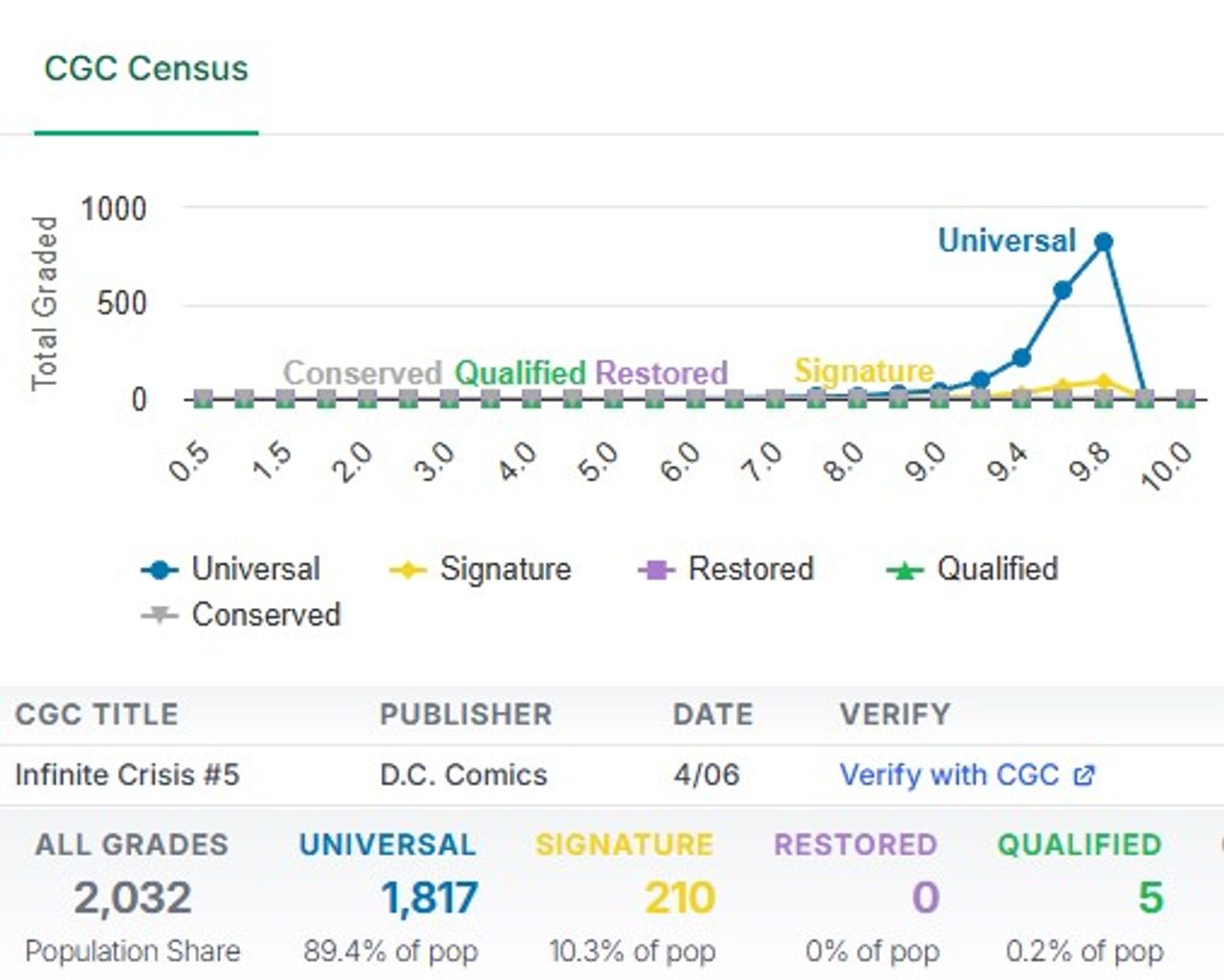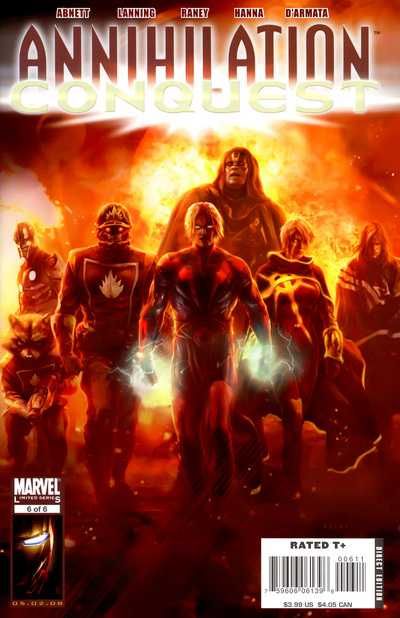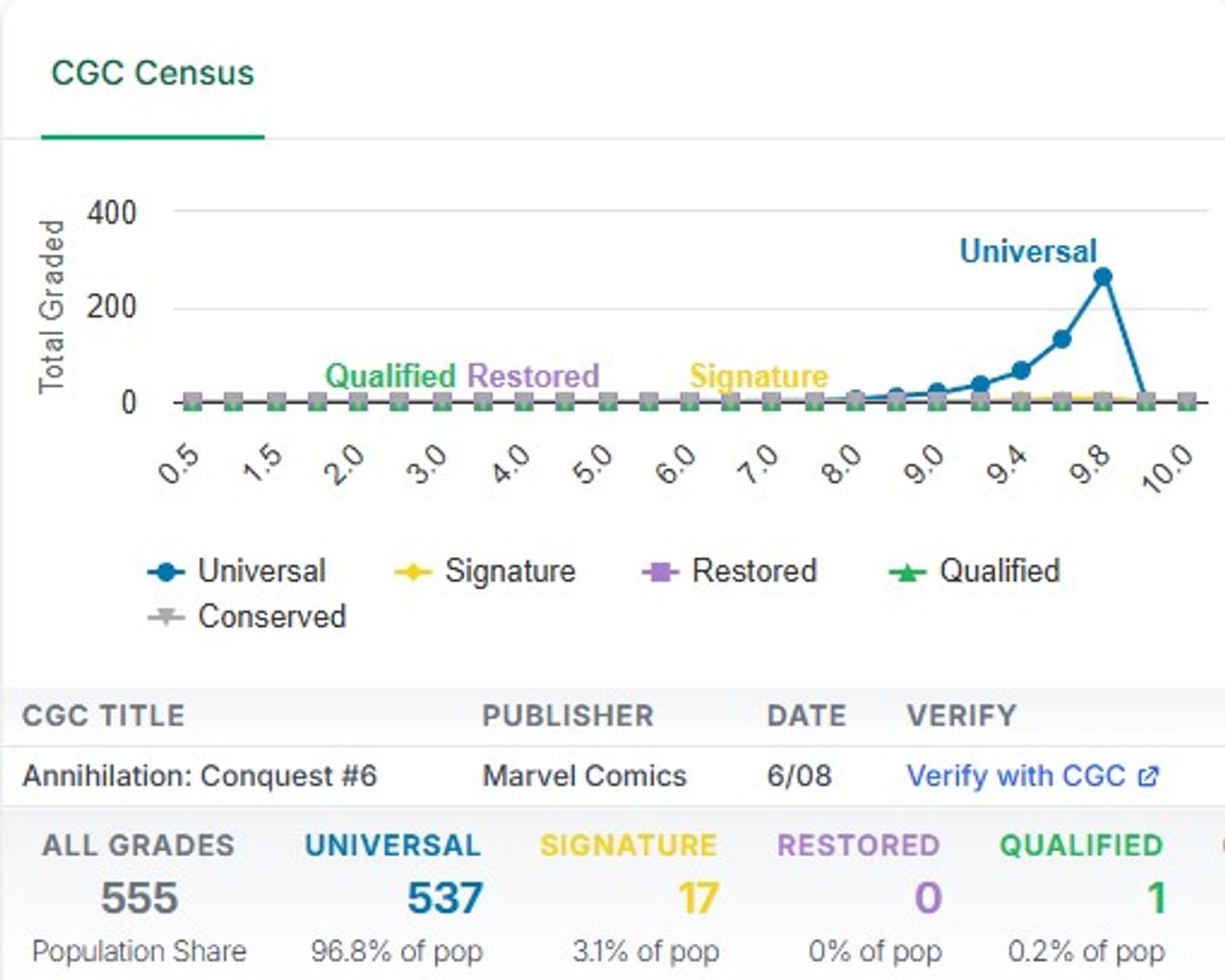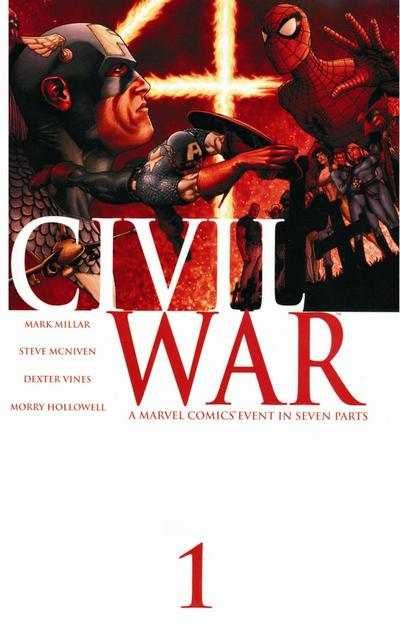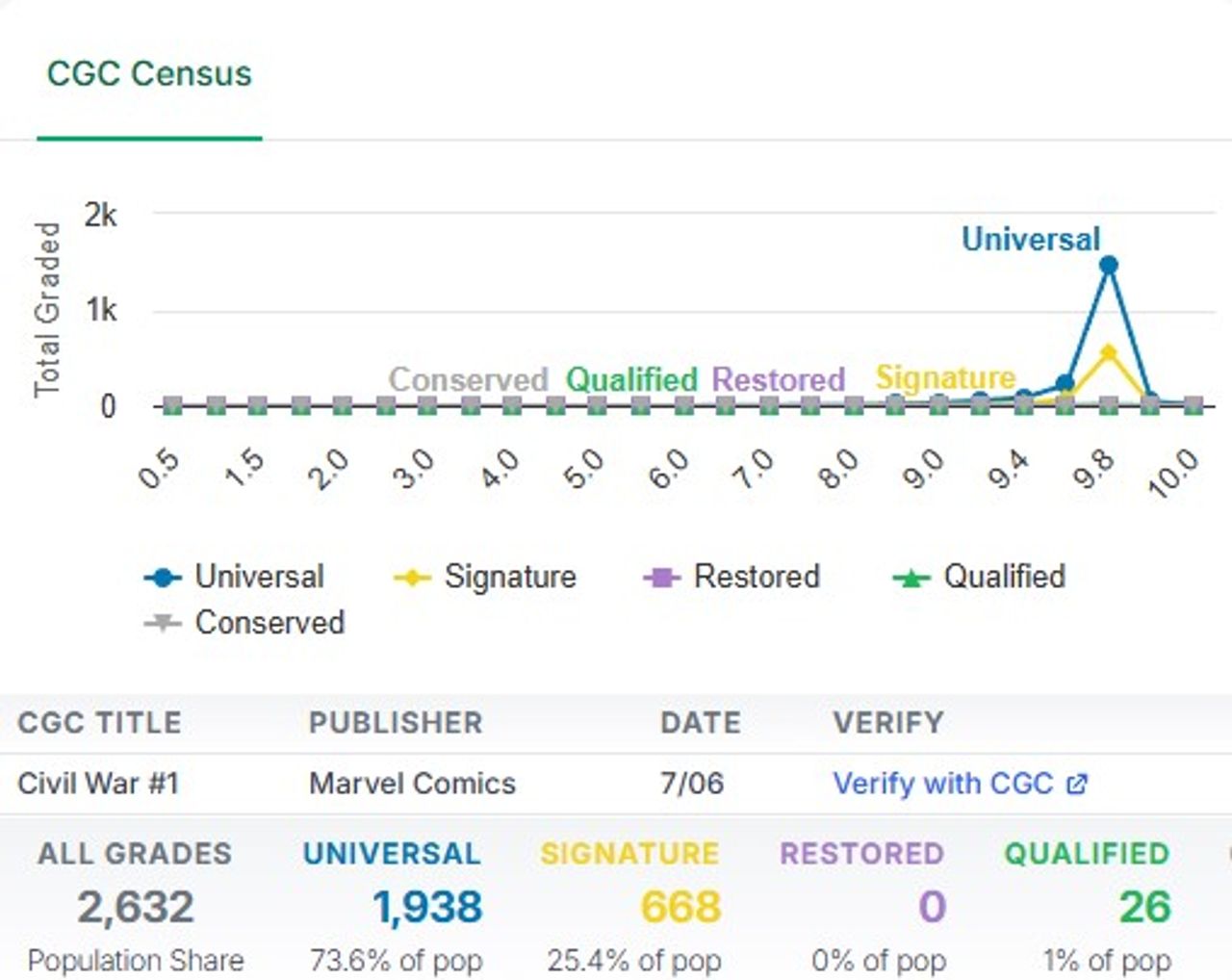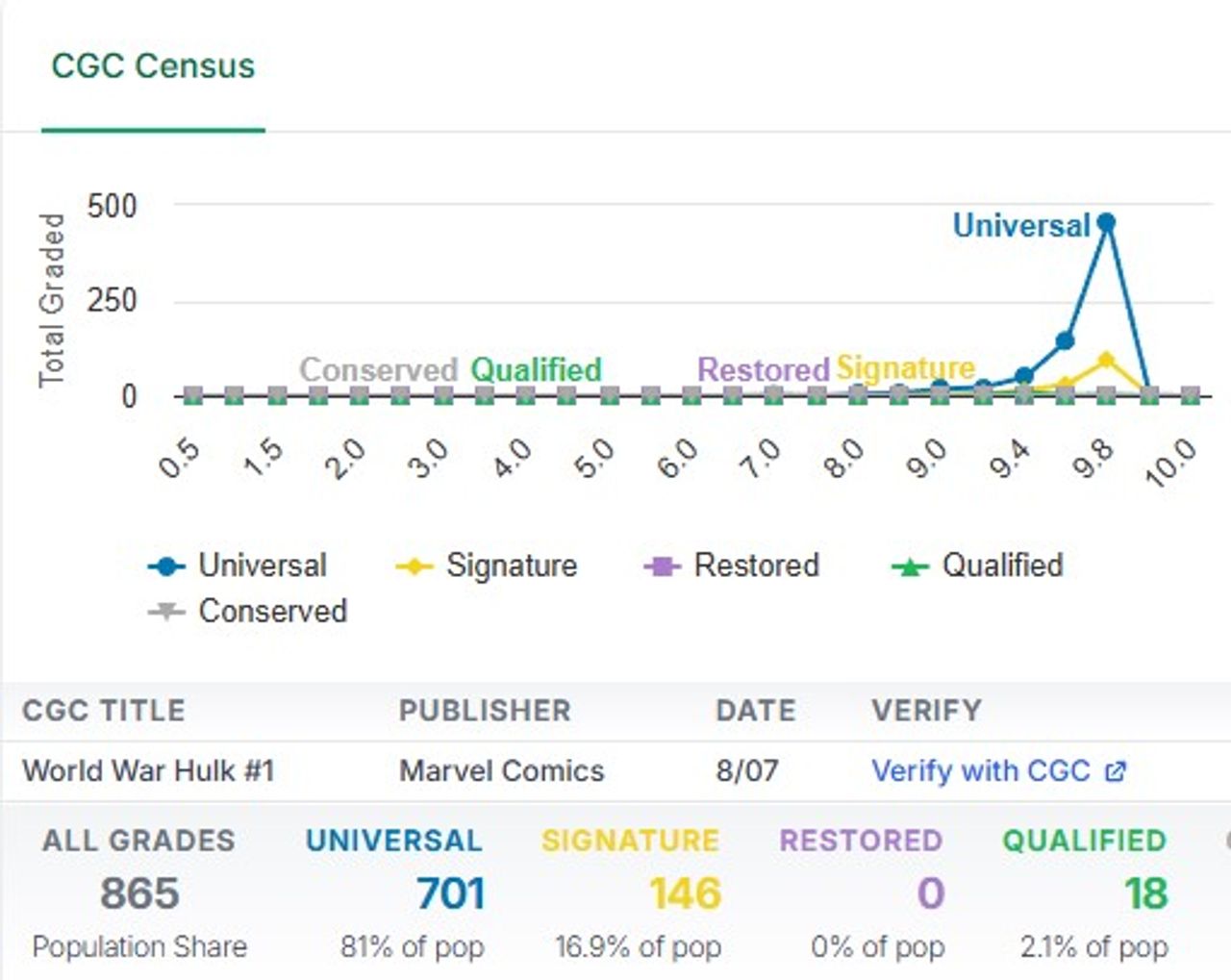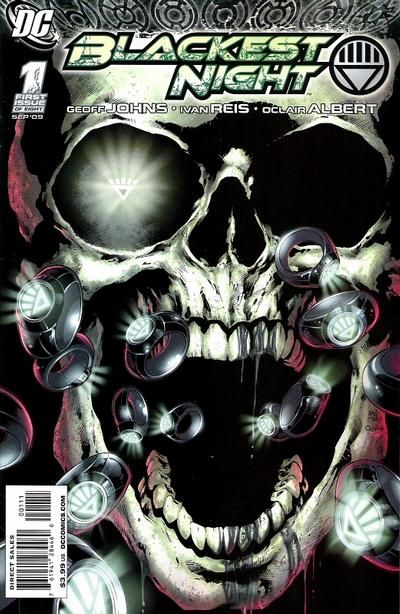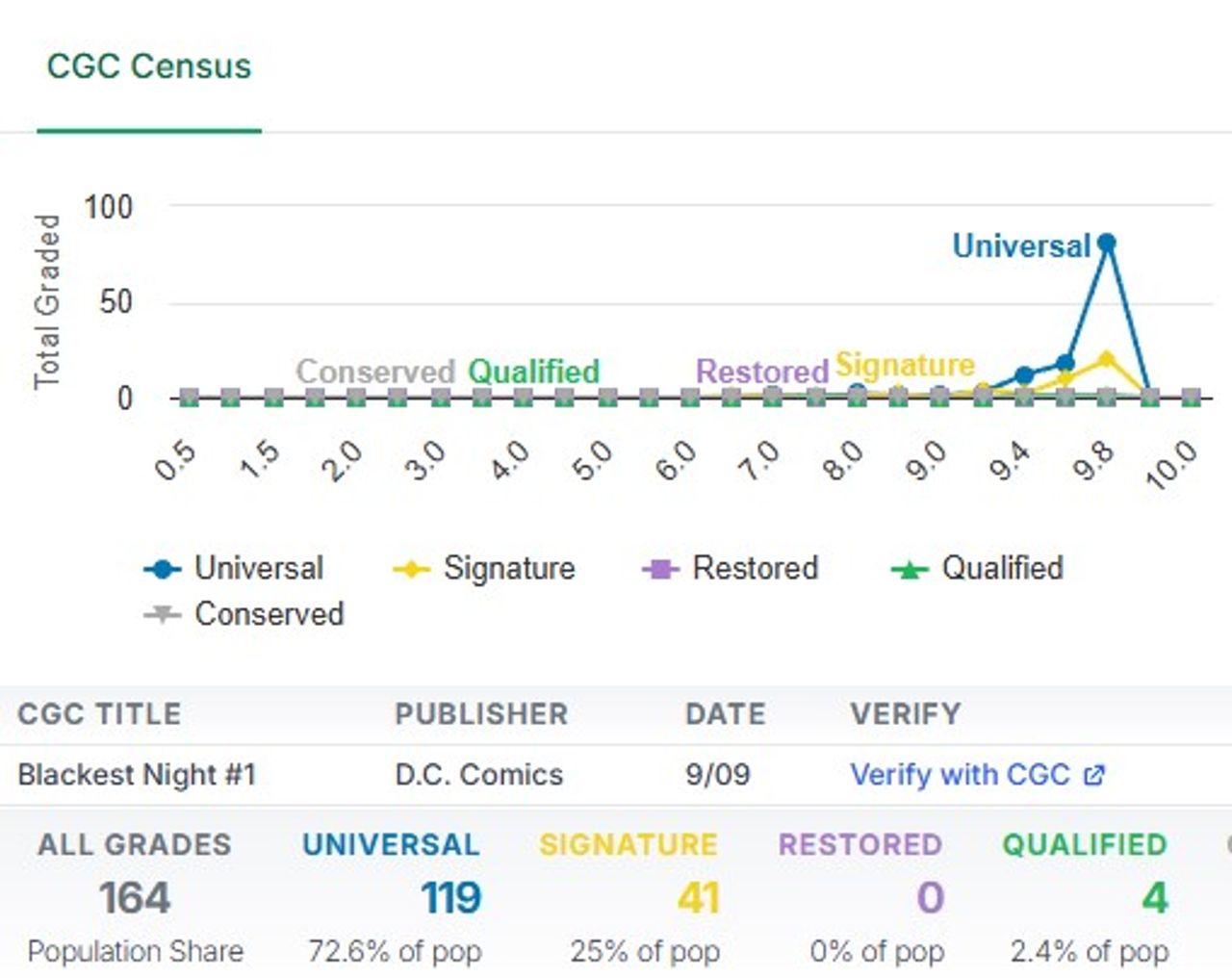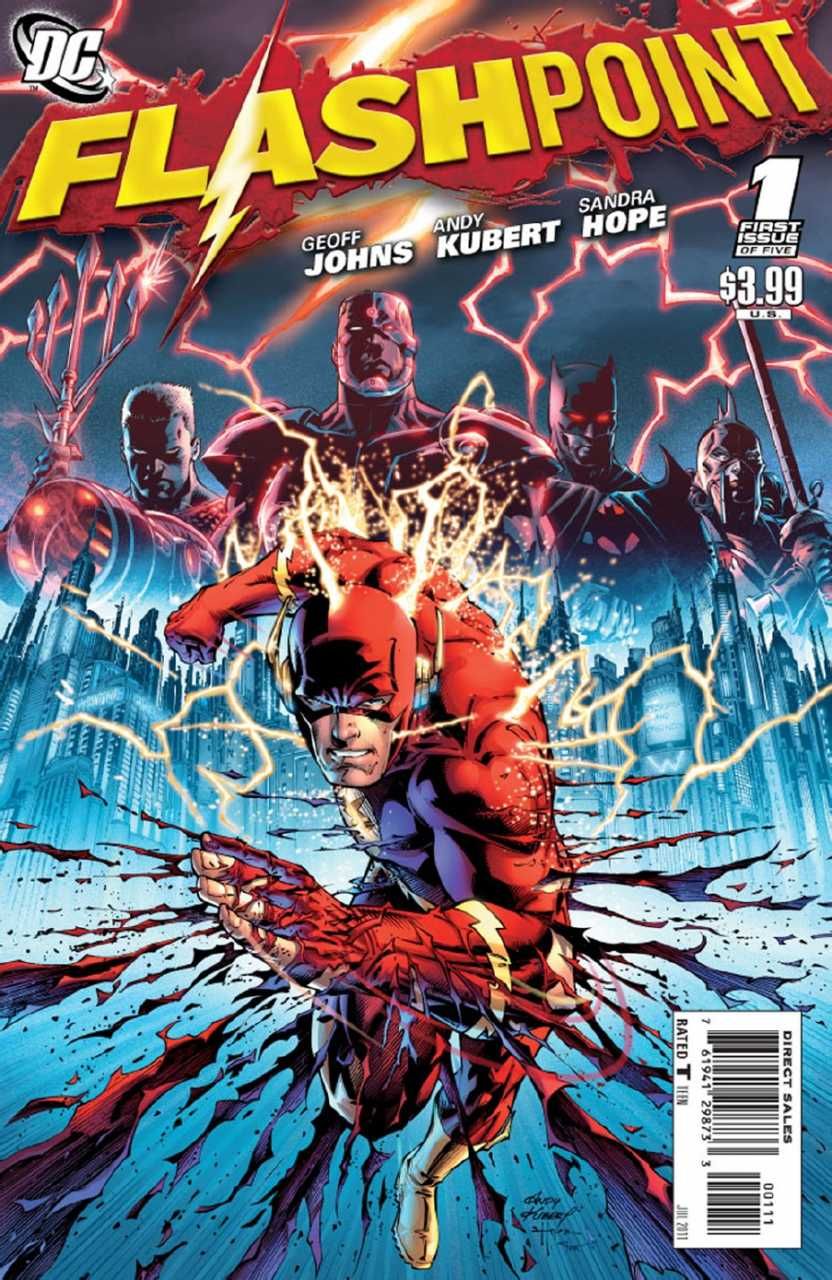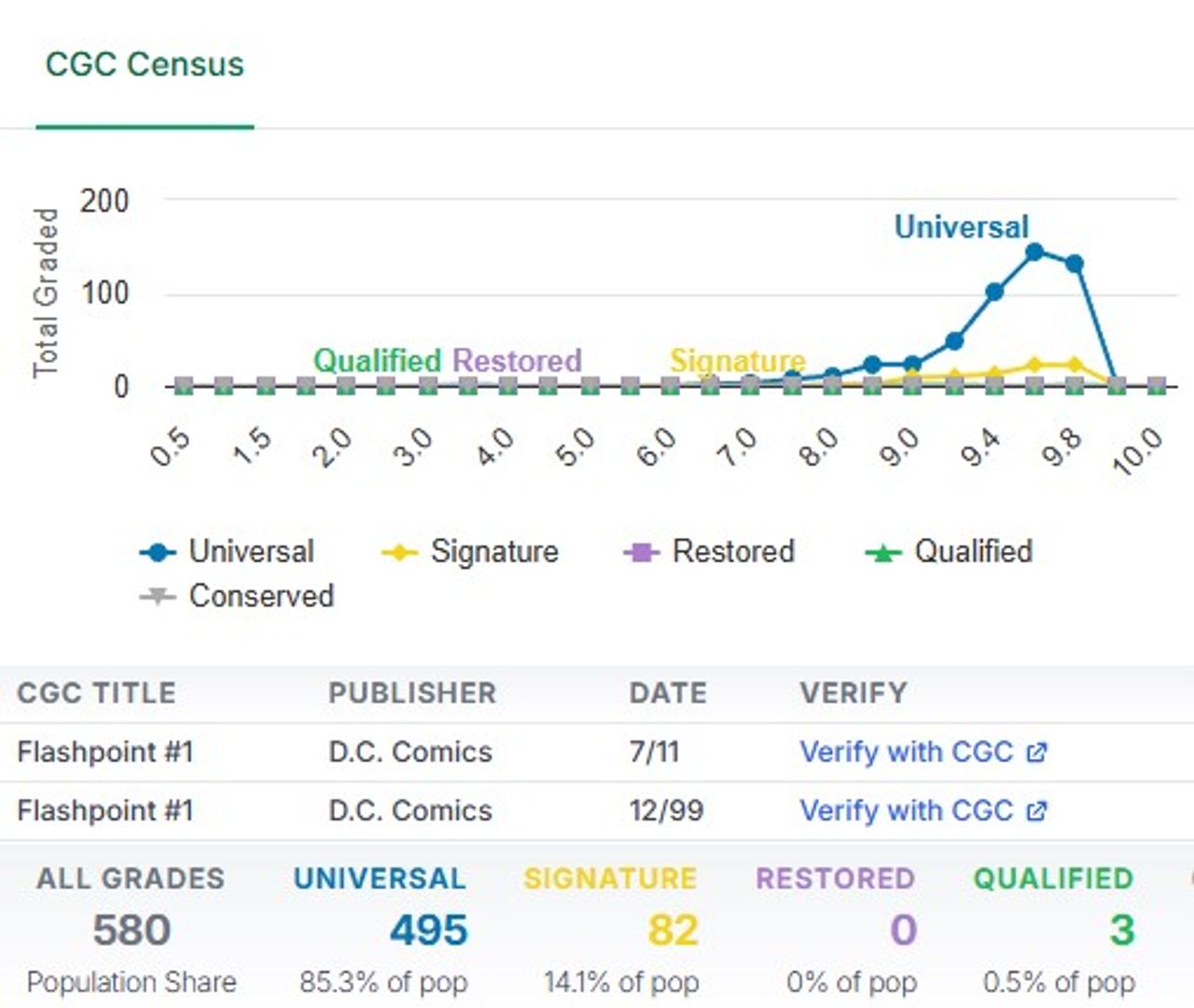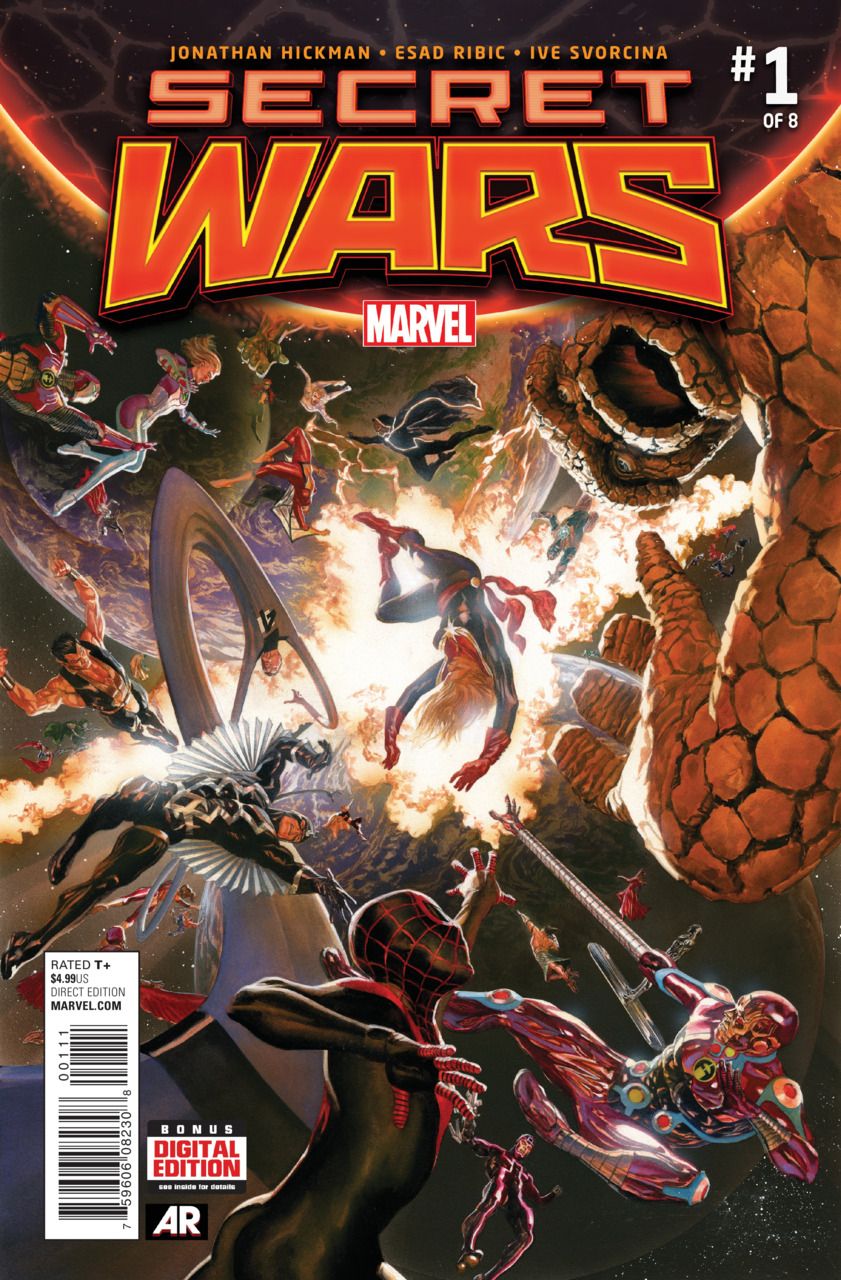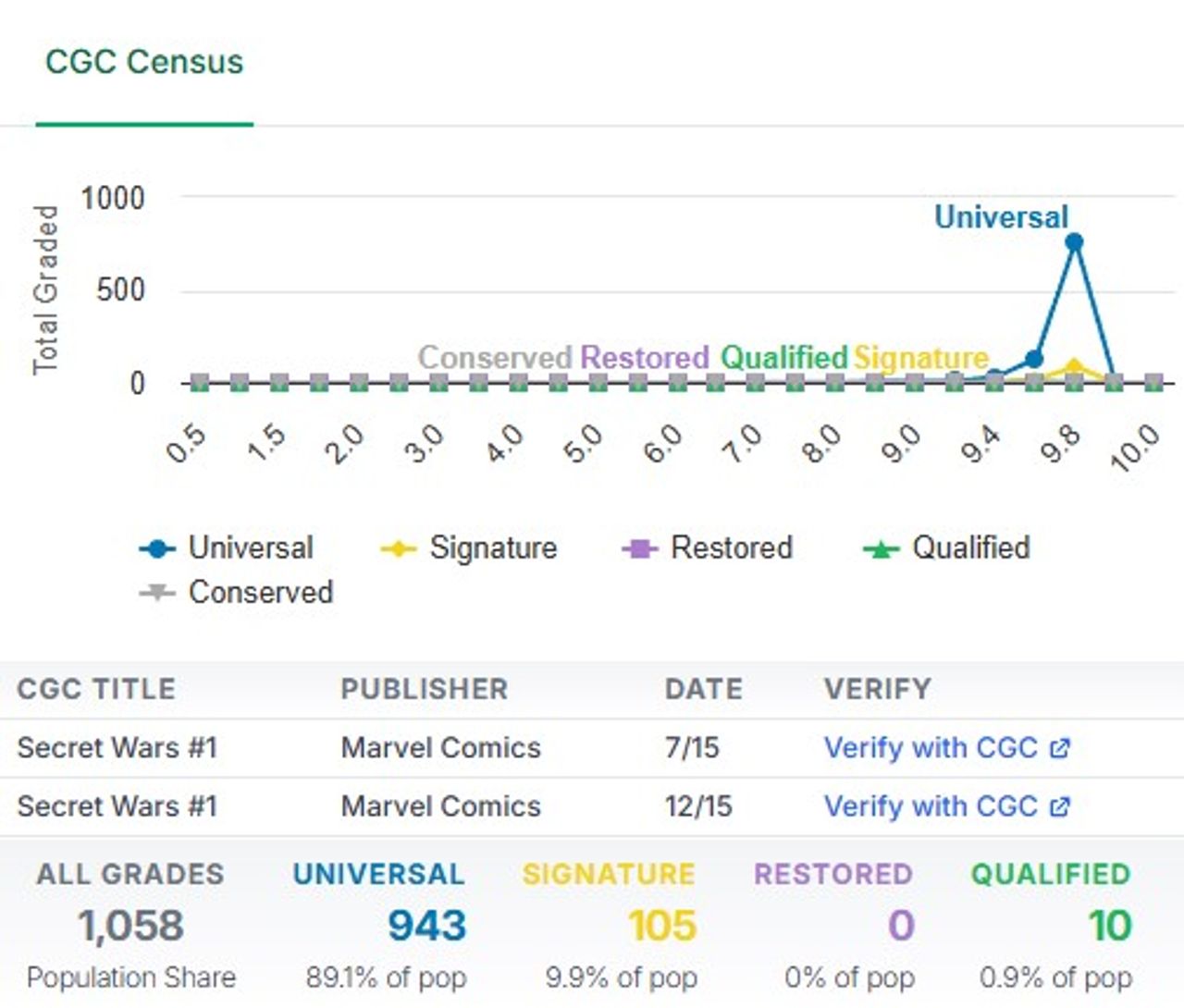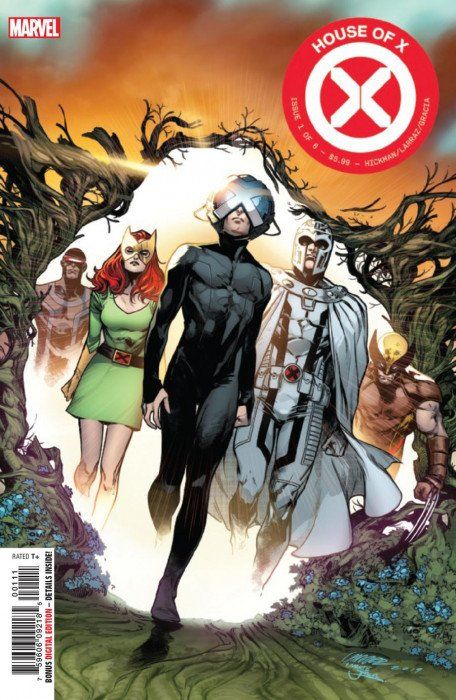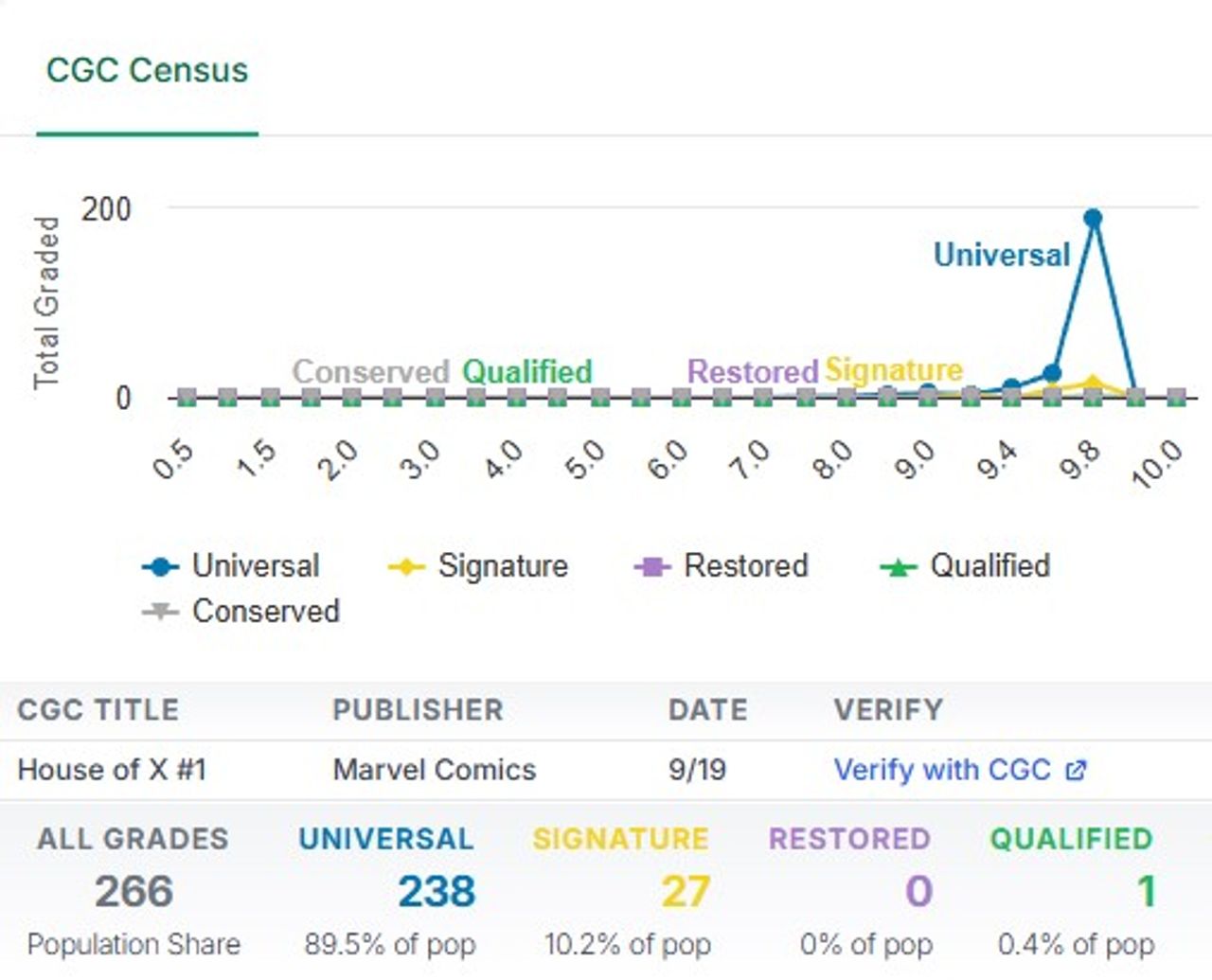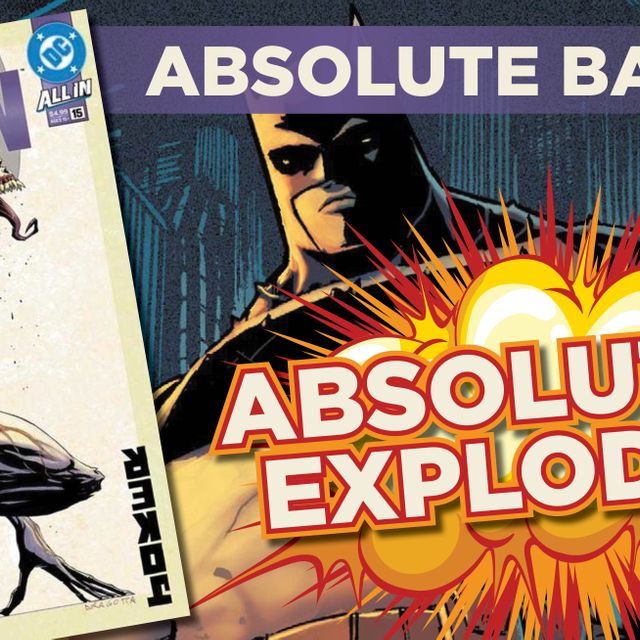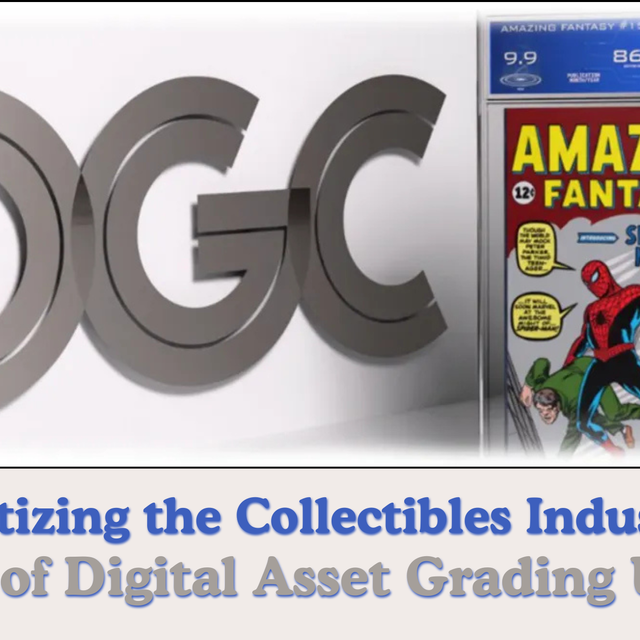Crossover events, sagas, and story arcs are the backbone of comic book history — they bring heroes together, tear worlds apart, and often reshape entire universes. These stories aren’t just fan service — they’re major turning points that leave lasting marks on characters and collectors alike. This list isn’t a countdown or a ranking — it’s a curated collection based on my own research, experience, and passion for comics. Each title here played a significant role in shaping the landscape of modern comics, and we’re going to explore what made them so impactful — and how they’re holding up in today’s market.
The Flash #123 (1961, DC Comics) Key Significant: First appearance of Golden Age Flash in silver; First comic to suggest multiverse; First appearance of Earth Two “The Flash of Two Worlds,” is one of the most important comics in DC history because it introduced the concept of the multiverse. In this story, Barry Allen meets Jay Garrick, revealing they live on separate Earths—Earth-1 and Earth-2. This simple yet groundbreaking idea opened the door for crossovers, revived Golden Age heroes, and allowed DC to embrace its rich history without rewriting it all. The story itself was inspired by writer Gardner Fox’s dream, where two Flashes teamed up—an idea he brought to life on the page. Barry vibrates at a specific frequency and crosses into another universe, a move that became a signature trick for speedsters. This issue laid the foundation for future multiverse stories and major events like Crisis on Infinite Earths, making it a key moment in shaping the DC Universe. | ||
X-Men #101 (1976, Marvel Comics) Key Significant: First appearance of Jean Grey as the Phoenix This was a major turning point in X-Men history, marking the birth of the Phoenix. After a space mission gone wrong, Jean Grey sacrifices herself and rises from Jamaica Bay transformed, calling herself Phoenix—launching one of Marvel’s most iconic sagas. It elevated Jean from a background character to a powerful force, setting the stage for the darker Dark Phoenix Saga. Uncanny X-Men #129–137 also introduced key characters like Kitty Pryde, Emma Frost, Dazzler, and the Hellfire Club, shaping the X-Men’s future and pushing the team into more cosmic, emotional territory. | ||
Secret Wars #8 (1984, Marvel Comics) Key Significant: Origin of the alien symbiote that eventually becomes Venom Marvel Super Heroes Secret Wars (1984–1985) was a 12-issue event where the Beyonder brought heroes and villains to Battleworld to fight, leading to major changes like Spider-Man’s black suit (later Venom), a power-hungry Doctor Doom, and the debut of Titania and Volcana. It also kicked off the trend of big crossover events in comics. The series was created to promote Mattel’s action figures, who wanted a comic with the words “secret” and “wars” to help sell toys. Some characters, like Spider-Man and Iron Man, got new looks just for the toy line. Many of the vehicles were made up just for the figures, proving comics and toys could work hand-in-hand—and move serious merch. | ||
Crisis on Infinite Earths #7 (1985, DC Comics) Key Significant: The Death of Supergirl Crisis on Infinite Earths (1985–1986) was a 12-issue event by DC Comics that aimed to clean up decades of complicated continuity. With so many parallel Earths and different versions of characters, new readers often felt lost. DC created Crisis to merge its multiverse into one streamlined universe, making it easier to follow. The story had major consequences—iconic deaths like Supergirl and the Flash (Barry Allen), a new history for characters like Superman and Wonder Woman, and a fresh start for the DC Universe moving forward. It set the standard for how comic book reboots are done. | ||
Uncanny X-Men #213 (1987, Marvel Comics) Key Significant: First Wolverine battles Sabretooth The Mutant Massacre (1986) was a turning point for Marvel’s mutant titles, bringing a darker tone as the Marauders launched a brutal attack on the Morlocks—a hidden community of mutants beneath New York. This violent event pulled in the X-Men, X-Factor, and New Mutants, raising the stakes and showing the harsh realities mutants faced. Told across Uncanny X-Men #210–213, X-Factor #9–11, and New Mutants #46–48, it was one of Marvel’s first major crossover events. The storyline left lasting effects on characters and proved how powerful interconnected storytelling could be across multiple series. | ||
Uncanny X-Men #239 (1988, Marvel Comics) Key Significant: First cover appearance of Mister Sinister and Goblin Queen Inferno (1988) was a major X-Men crossover where a demon invasion led by Madelyne Pryor, the Goblin Queen, brought chaos to New York. It forced the X-Men, X-Factor, and New Mutants to face supernatural threats while shaking up relationships and character arcs. Spanning Uncanny X-Men #239–243, X-Factor #24–27, and New Mutants #71–73, Inferno blended mutant drama with mystical elements, expanding X-Men’s world and setting up future stories about demons and magic. | ||
The Infinity Gauntlet #1 (1991, Marvel Comics) Key Significant: Thanos using the fully powered Gauntlet to wipe out half of the universe’s population with a snap of his fingers, instantly showing the massive threat he poses to all of existence. The Infinity Gauntlet series is one of Marvel’s most iconic cosmic sagas, showing Thanos at his most powerful after collecting all six Infinity Gems. His infamous snap instantly erases half of all life in the universe, forcing Marvel’s heroes to confront their greatest challenge yet. The story’s success led to sequels like Infinity War and Infinity Crusade, expanding Marvel’s cosmic mythos. Its themes of power, sacrifice, and balance directly inspired the Marvel Cinematic Universe, becoming the foundation for blockbuster films like Avengers: Infinity War and Endgame. | ||
Superman #75 (1993, DC Comics) Key Significant: Death of Superman and Doomsday The Death of Superman saga (1992–1993) was a landmark moment in comic book history, capturing national attention and shaking the industry. It began with Superman’s fatal battle against the unstoppable Doomsday in Superman #75, followed by Funeral for a Friend, where the world mourns the loss of its greatest hero. The story continued in Reign of the Supermen, introducing four mysterious figures claiming to be Superman reborn, each representing a different legacy. This storyline not only boosted comic sales but also showed that superhero deaths could carry emotional and cultural weight. It brought mainstream media attention to comics, sparked debates about mortality in superhero stories, and changed how publishers approached big event storytelling going forward. | ||
X-Men Alpha #1 (1995, Marvel Comics) Key Significant: Beginning of the Age of Apocalypse. First appearances of Dark Beast, Holocaust (aka Nemesis), Abyss (a Horseman of Apocalypse), Morph in his featureless AoA form, and Charles Lehnsherr, the son of Magneto and Rogue. Age of Apocalypse (1995) reimagined the X-Men universe after Legion accidentally kills Professor X, creating a world ruled by Apocalypse and led by Magneto’s X-Men. This event replaced all core X-Men titles with darker, alternate versions, flipping familiar characters and moral lines. It introduced Nate Grey, expanded the X-Men mythos, and proved alternate timelines could pack real emotional punch—setting a high bar for major comic events. | ||
Onslaught: Marvel Universe #1 (1996, Marvel Comics) Key Significant: Launched Heroes Reborn The Heroes Reborn saga rebooted classic Marvel heroes like Iron Man, Captain America, and the Fantastic Four with modernized origins in a new reality created by Franklin Richards. This event followed the climax of the Onslaught saga, where many of these heroes sacrificed themselves to stop the villain Onslaught. Behind the scenes, Heroes Reborn was especially significant because it marked the return of former Marvel artists Jim Lee, Rob Liefeld, Whilce Portacio, and Jim Valentino—who had left to form Image Comics—making it a major moment as some of Marvel’s top creators came back to reshape its flagship characters. | ||
Identity Crisis (2004, DC Comics) Key Significant: Death of Sue Dibny Identity Crisis brings together some of DC’s most iconic heroes, including Batman, Superman, Wonder Woman, The Flash, Green Arrow, and the Elongated Man, among others. Throughout the story, these characters are forced to confront difficult questions about trust, loyalty, and the hidden sides of those they consider allies and friends. As the Justice League digs deeper into a shocking crime, their personal lives and relationships are tested like never before, revealing vulnerabilities and secrets that add new layers to their characters. The story balances intense emotional drama with mystery and suspense, making it a turning point that reshaped how heroes interact and deal with threats both external and internal. It’s a personal favorite because of how deeply it explores the complexities behind the masks and capes. | ||
House of M #1 (2005, Marvel Comics) Key Significant: Wanda Maximoff alters the reality of the Marvel Universe House of M (2005) reshaped the Marvel Universe when Scarlet Witch, overwhelmed by grief, rewrote reality to make mutants the ruling class and humans the minority. This forced heroes like Wolverine and Spider-Man to face new truths and ended with a moment that nearly wiped out the mutant population, changing Marvel’s direction for years. The event also influenced the MCU, shaping Wanda Maximoff’s character as a reality-altering power with huge consequences. Its themes appear in WandaVision and Doctor Strange in the Multiverse of Madness, showing how House of M set the stage for Scarlet Witch’s immense power and emotional struggles. | ||
Infinite Crisis #5 (2005, DC Comics) Key Significant: First appearance of Jamie Reyes as Blue Beetle. Infinite Crisis (2005–2006) is a major turning point in DC Comics, acting as a sequel to Crisis on Infinite Earths while reshaping modern DC continuity. It brought back characters from the multiverse and explored darker, more complex themes about heroism, impacting the Justice League and the wider DC Universe. The event also introduced Jaime Reyes as the new Blue Beetle. After Ted Kord’s death, Jaime discovers the Scarab and becomes the third Blue Beetle, bringing fresh energy with his mix of alien tech and street-level stories, and quickly becoming a fan favorite. | ||
Annihilation:Conquest #6 (2008, Marvel Comics) Key Significant: 1st team appearance of the new Guardians of the Galaxy: Star-Lord, Rocket Raccoon, Quasar, Adam Warlock, Gamora, Drax the Destroyer and Groot Annihilation (2006) revived Marvel’s cosmic universe by focusing on a massive invasion led by Annihilus from the Negative Zone. Heroes like Nova, Drax, Ronan, and Silver Surfer united to defend the galaxy, bringing fresh energy and epic storytelling to Marvel’s space side. This event set the stage for the modern Guardians of the Galaxy, who formed in the follow-up Annihilation: Conquest series. Featuring Star-Lord, Rocket, Gamora, Drax, and Groot, the team’s rise inspired the popular MCU movies, making cosmic stories a key part of Marvel’s success. | ||
Civil War #1 (2006, Marvel Comics) Key Significant: Superhuman Registration Act was passed Civil War (2006–2007) is a major Marvel event where a tragic incident leads to the Superhuman Registration Act, forcing heroes to pick sides. Iron Man supports government control; Captain America opposes it, defending personal freedom. The clash splits the hero community, shatters friendships, and changes the Marvel Universe forever. The storyline inspired Captain America: Civil War (2016), keeping the heart of the conflict—freedom vs. security. It showed that sometimes the toughest battles aren’t with villains, but between the heroes themselves. | ||
World War Hulk #1 (2007, Marvel Comics) Key Significant: Hulk returns to Earth seeking revenge World War Hulk follows Planet Hulk, where the Illuminati—heroes like Iron Man, Doctor Strange, and Reed Richards—secretly decide Hulk is too dangerous and exile him to the planet Sakaar. There, Hulk faces betrayal, personal loss, and brutal battles, fueling his rage and transforming him into a vengeful leader. He returns to Earth with one goal: make the Illuminati pay. While the MCU only touches on this storyline, elements appear in Thor: Ragnarok and Infinity War, hinting at Hulk’s time on Sakaar and the emotional toll behind the smashing. | ||
Blackest Night #1,(2009, DC Comics) Key Significant: Introduction of the Black Lanterns Blackest Night is a major DC Comics event that brought together heroes and villains from across the universe to face an unprecedented threat: the dead rising as Black Lanterns, powered by a deadly new force tied to death itself. This story expanded the emotional and cosmic side of the Green Lantern mythos, introducing the concept of different Lantern Corps based on emotions like fear, willpower, rage, and hope. It raised the stakes by showing how death could literally come back to haunt the living, forcing heroes to confront loss, grief, and their own fears. The event had lasting effects on many characters, reshaped the Lantern Corps’ universe, and influenced future stories in DC, making it a key turning point for the cosmic side of the DC Universe. It’s also well-known for blending horror elements with superhero action, creating a dark and memorable chapter in DC’s history. | ||
Flashpoint #1 (2011, DC Comics) Key Significant: First full appearance of Thomas Wayne as Batman in an alternate reality caused by the events of Flashpoint Flashpoint (2011) is a key DC Comics storyline where Barry Allen wakes up in a twisted reality—no Justice League, Thomas Wayne is Batman, and the world teeters on collapse due to a war between Amazons and Atlanteans. Barry’s attempt to save his mother broke the timeline, forcing him to fix what he caused. This story led directly to DC’s New 52 reboot. It inspired the animated Justice League: The Flashpoint Paradox (2013) and loosely influenced The Flash (2023) movie. Both share the same core message: changing the past can unravel everything. | ||
Secret Wars #1 (2015, Marvel Comics) Key Significant: Incursion of the main Marvel 616 universe and the Ultimate Universe Secret Wars (2015) is a major Marvel Comics event where the multiverse collapses, leading to the creation of Battleworld, a patchwork planet ruled by God Emperor Doom. Heroes and villains from different realities are thrown into this strange new world, and only a few remember what life was like before. The story brings together characters from across Marvel’s history and ends with a reshaped universe, blending elements like Miles Morales into the main Marvel timeline. This event is expected to heavily influence the upcoming Avengers: Secret Wars film in the MCU. With the multiverse now a core part of the MCU’s storytelling, Secret Wars provides the perfect setup for alternate versions of characters, universe-shaking battles, and a major reset that could define the next era of Marvel films | ||
House of X (2019, Marvel Comics) Key Significant: Start of the Krakoan Age of the X-Men The Krakoan Age began with House of X and Powers of X (2019), where writer Jonathan Hickman redefined the X-Men. Mutants now live united on Krakoa, a living island nation with resurrection tech and a plan for survival. It shifted them from outcasts to a global force. These books didn’t just reboot the X-Men—they reshaped them. Moira MacTaggert was revealed as a mutant with reincarnation powers, changing mutant history. This bold new era mixed politics, power, and purpose, setting the stage for years of stories and future MCU potential. | ||
And that wraps up this look at 20 Major Comic Events That Shaped Us. Remember, this isn’t a countdown—every event on this list has earned its place and is worth reading and collecting. There are definitely more out there, and that’s the beauty of comics—there’s always something new to discover or revisit.
If you enjoyed this article, be sure to check out my conversation with Shane over on YouTube where we break down these picks even further.
And don’t forget to drop a comment—let me know which events you love, which ones I might’ve missed, or if you see things differently. Excelsior!
